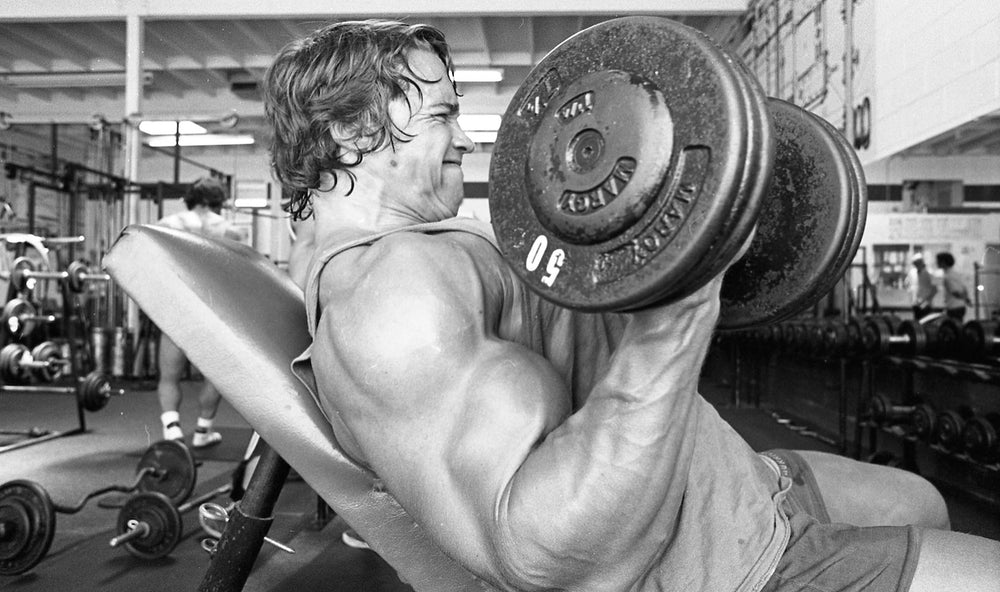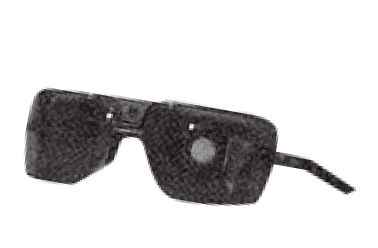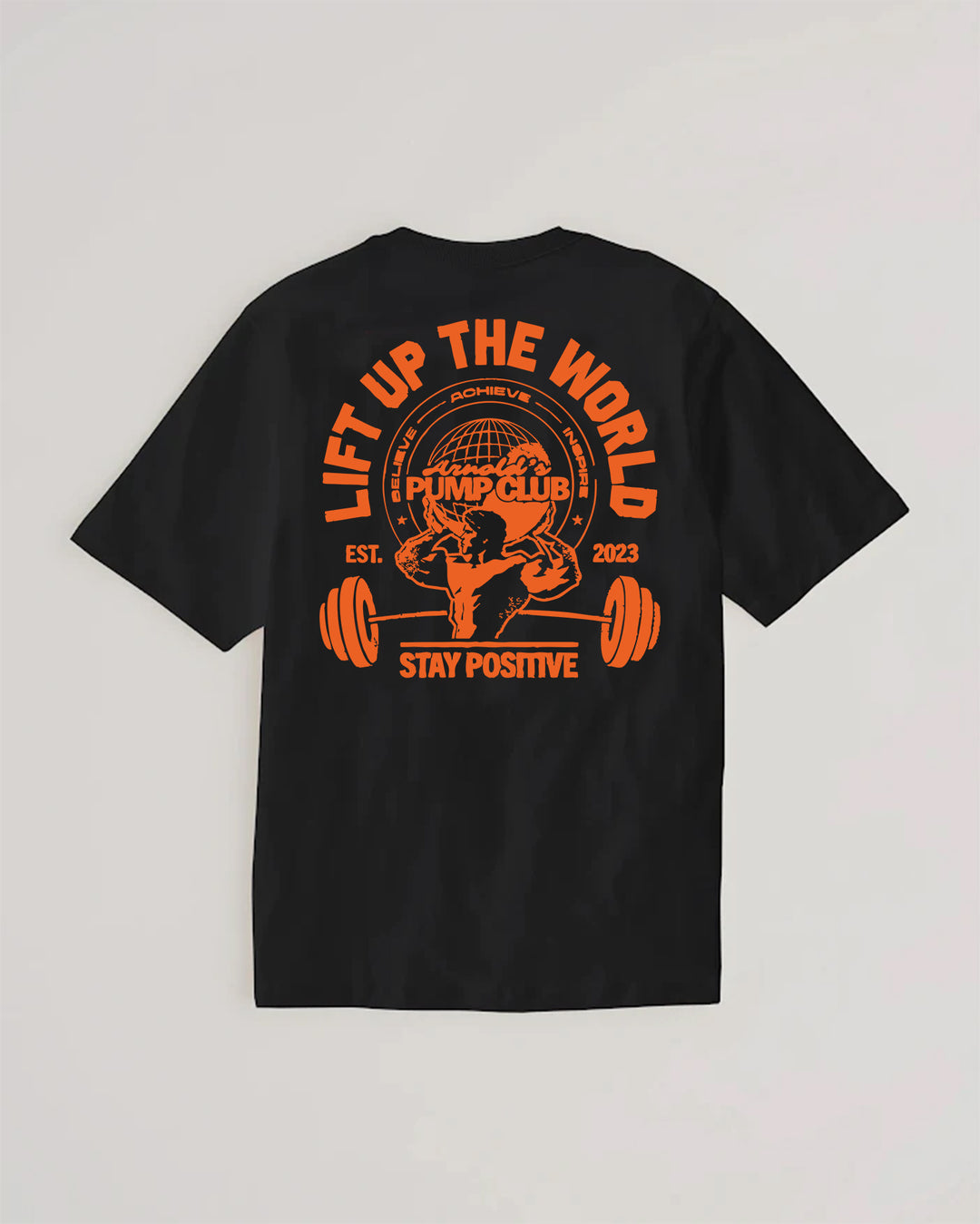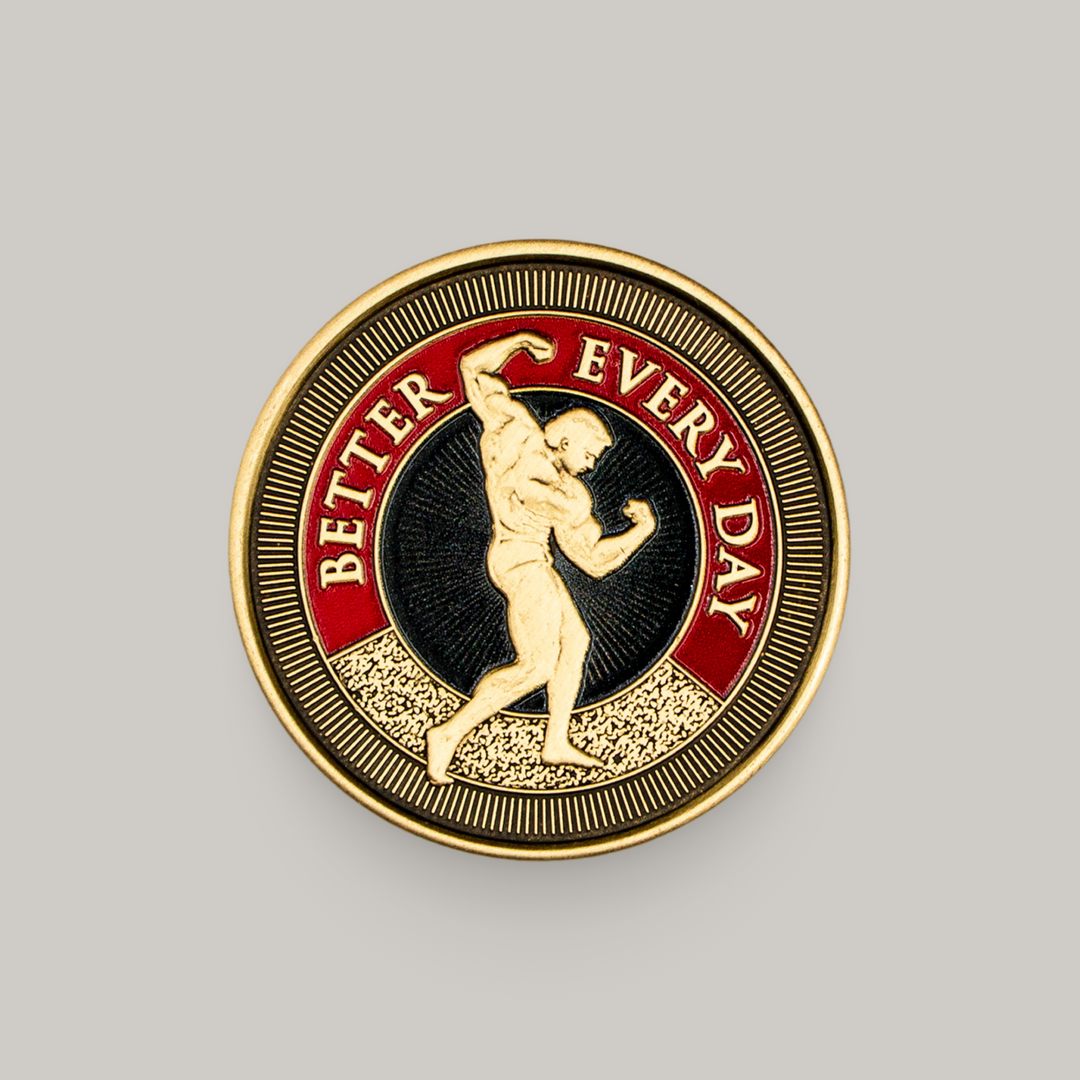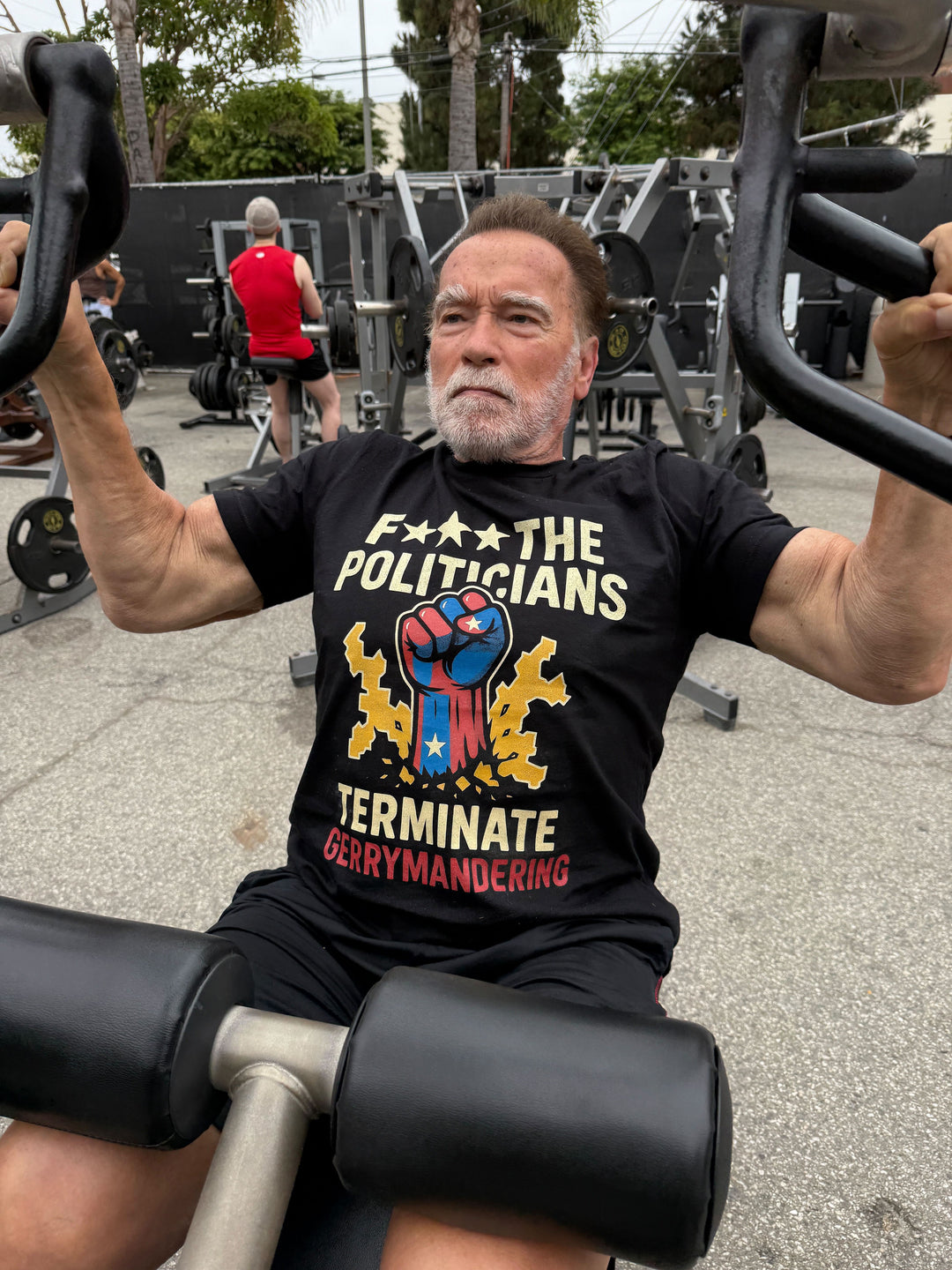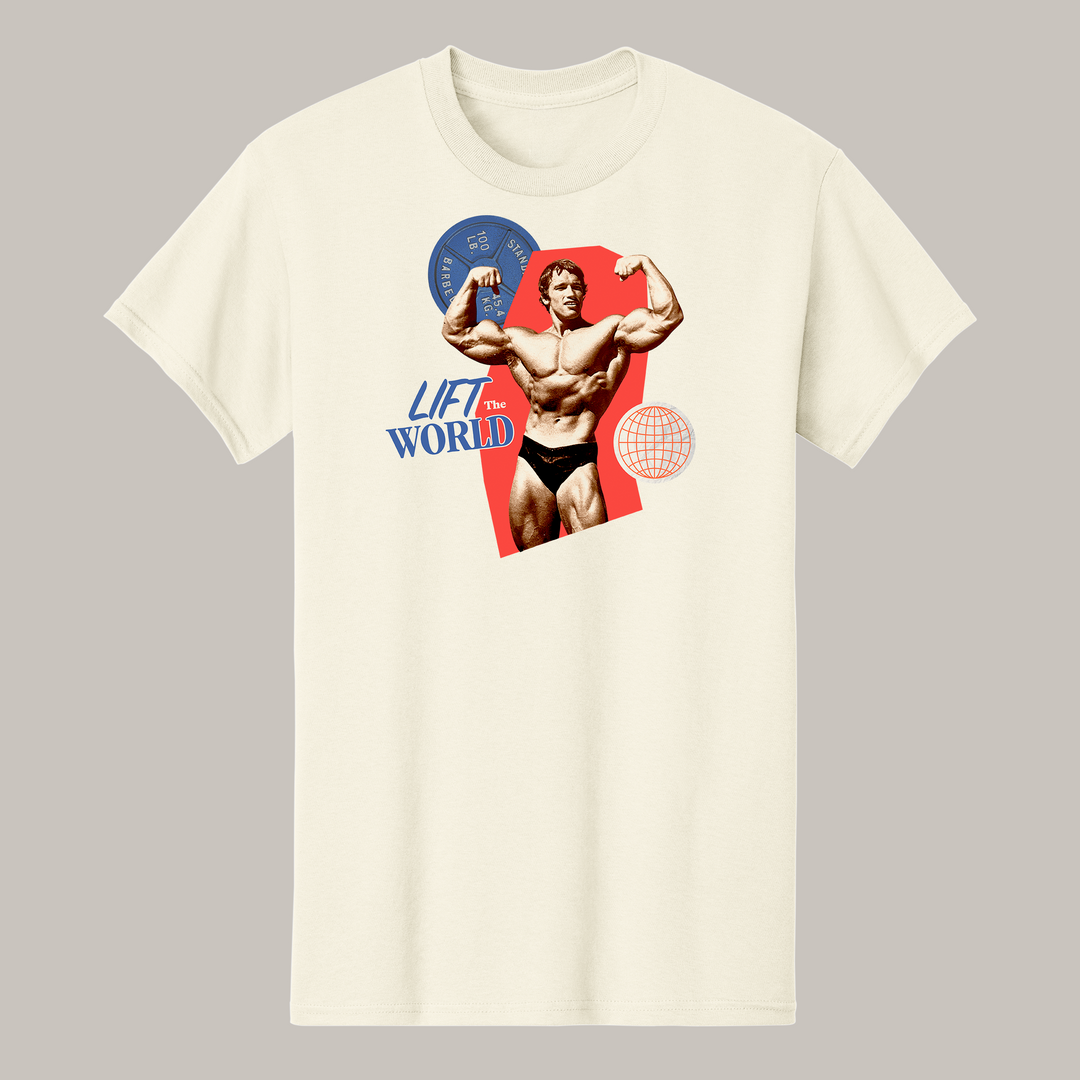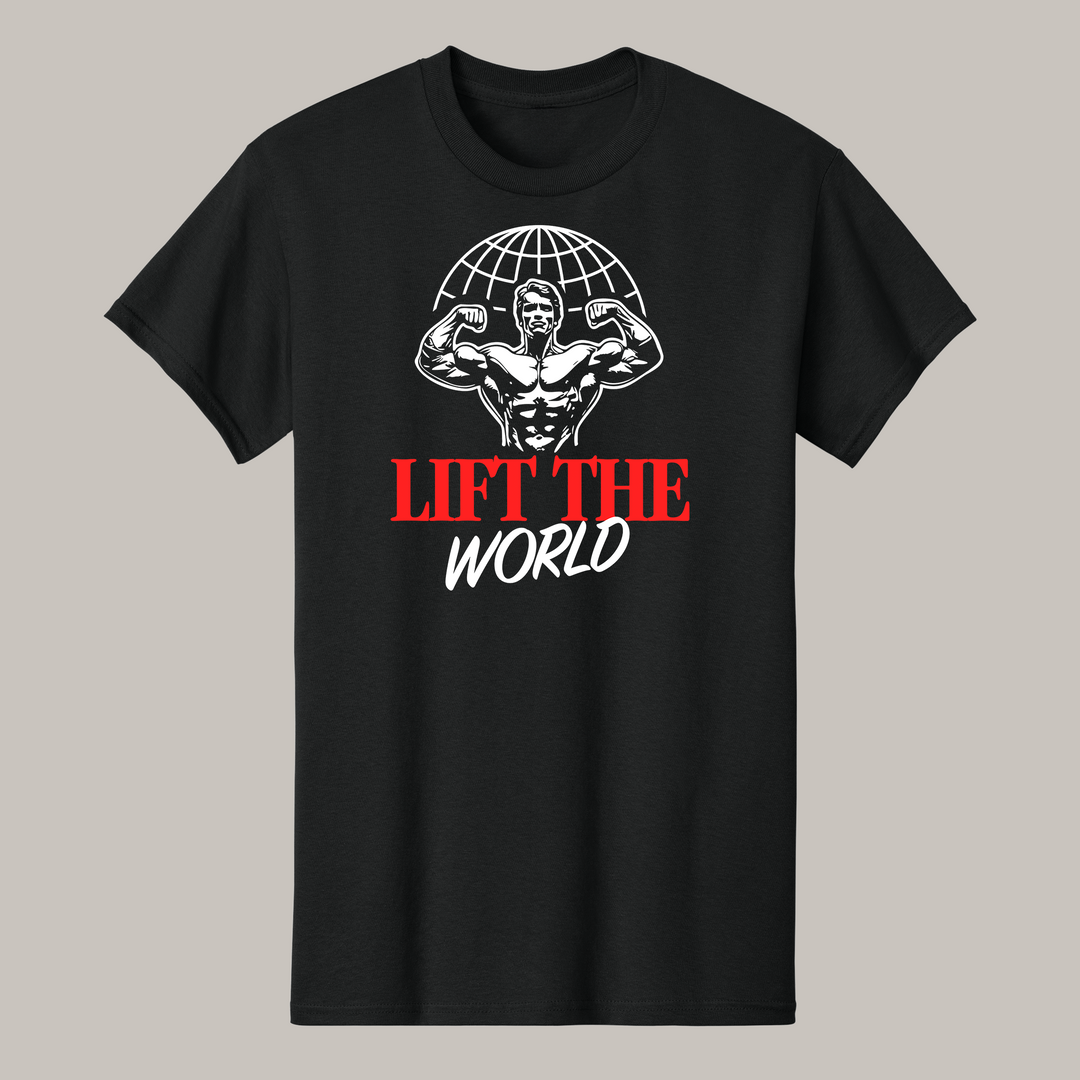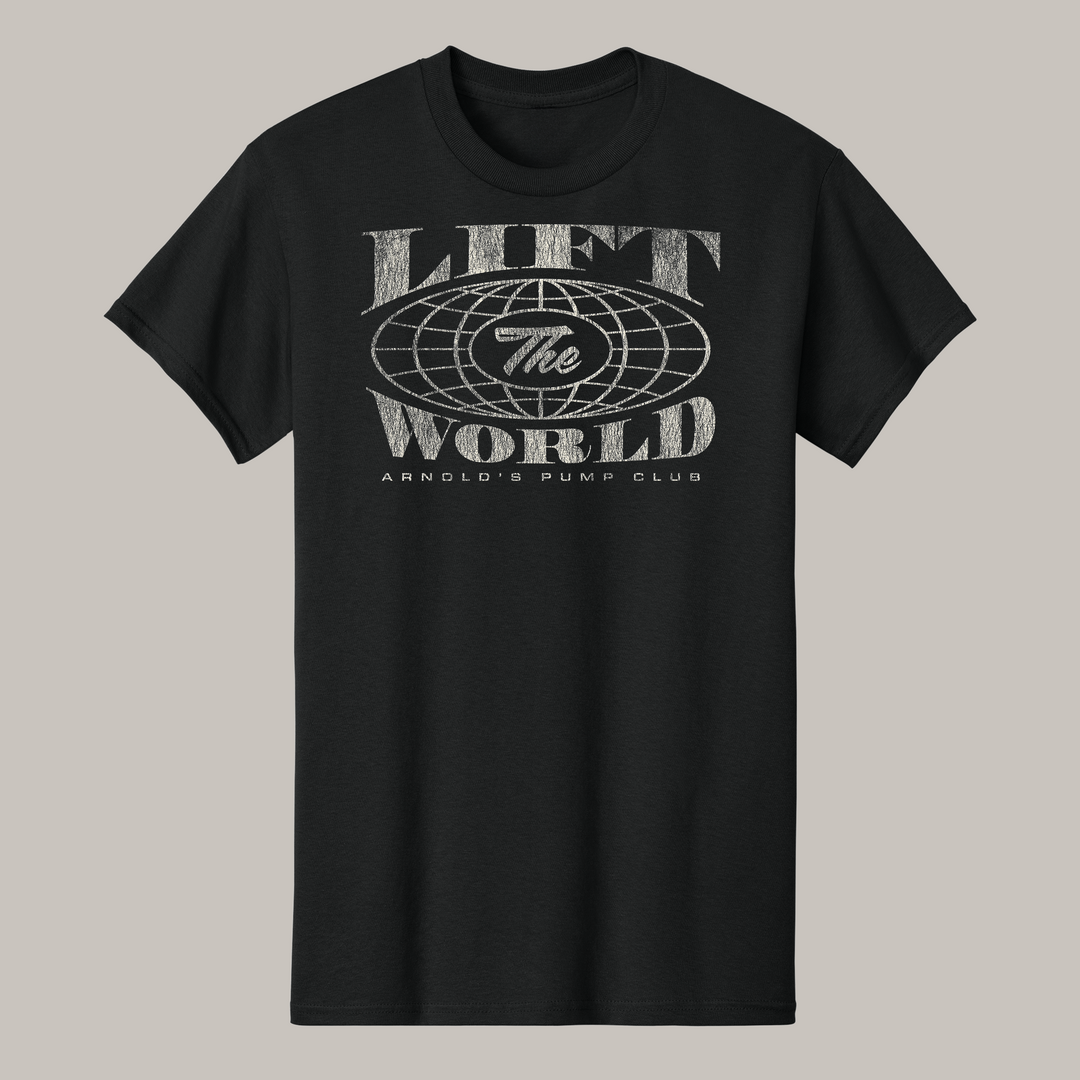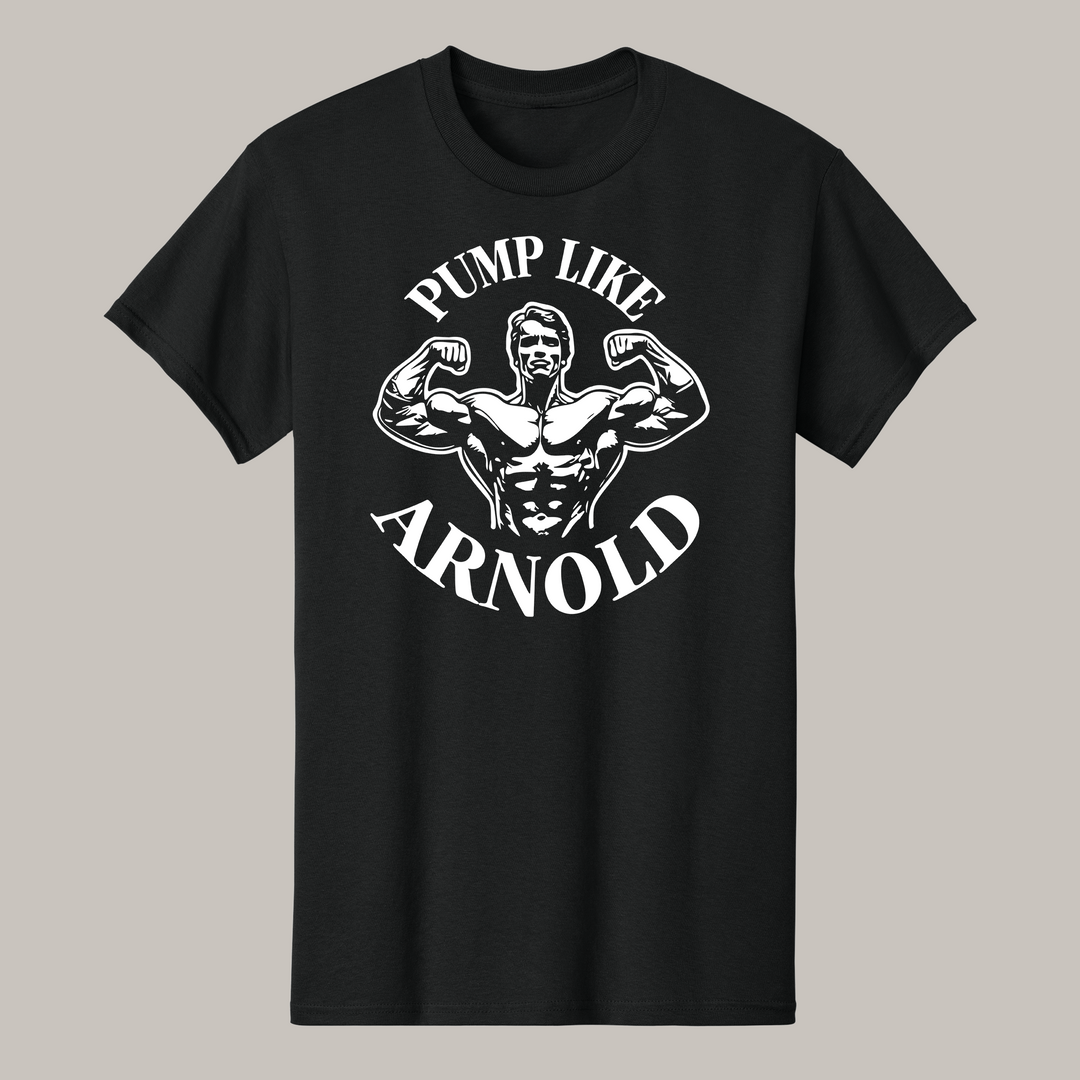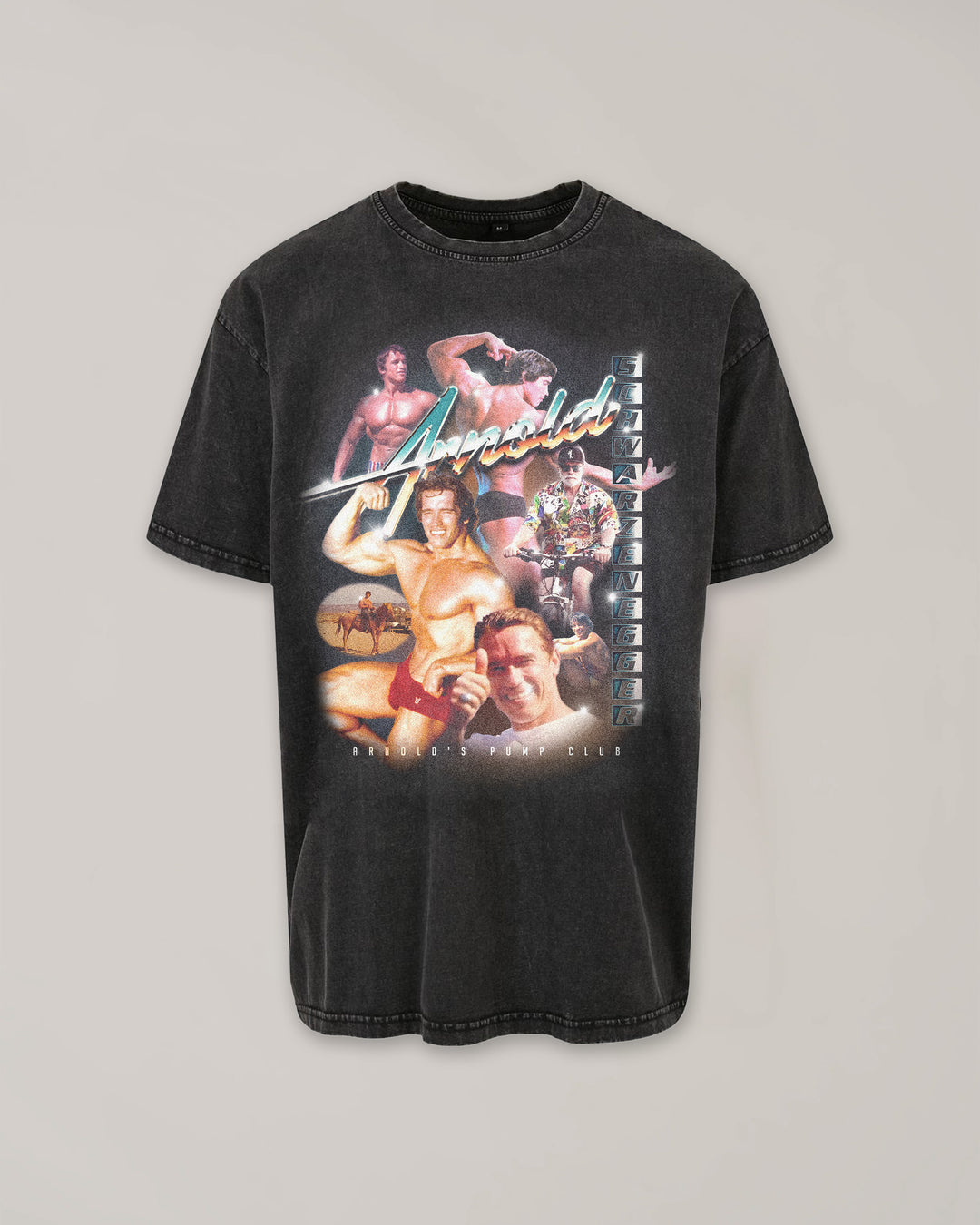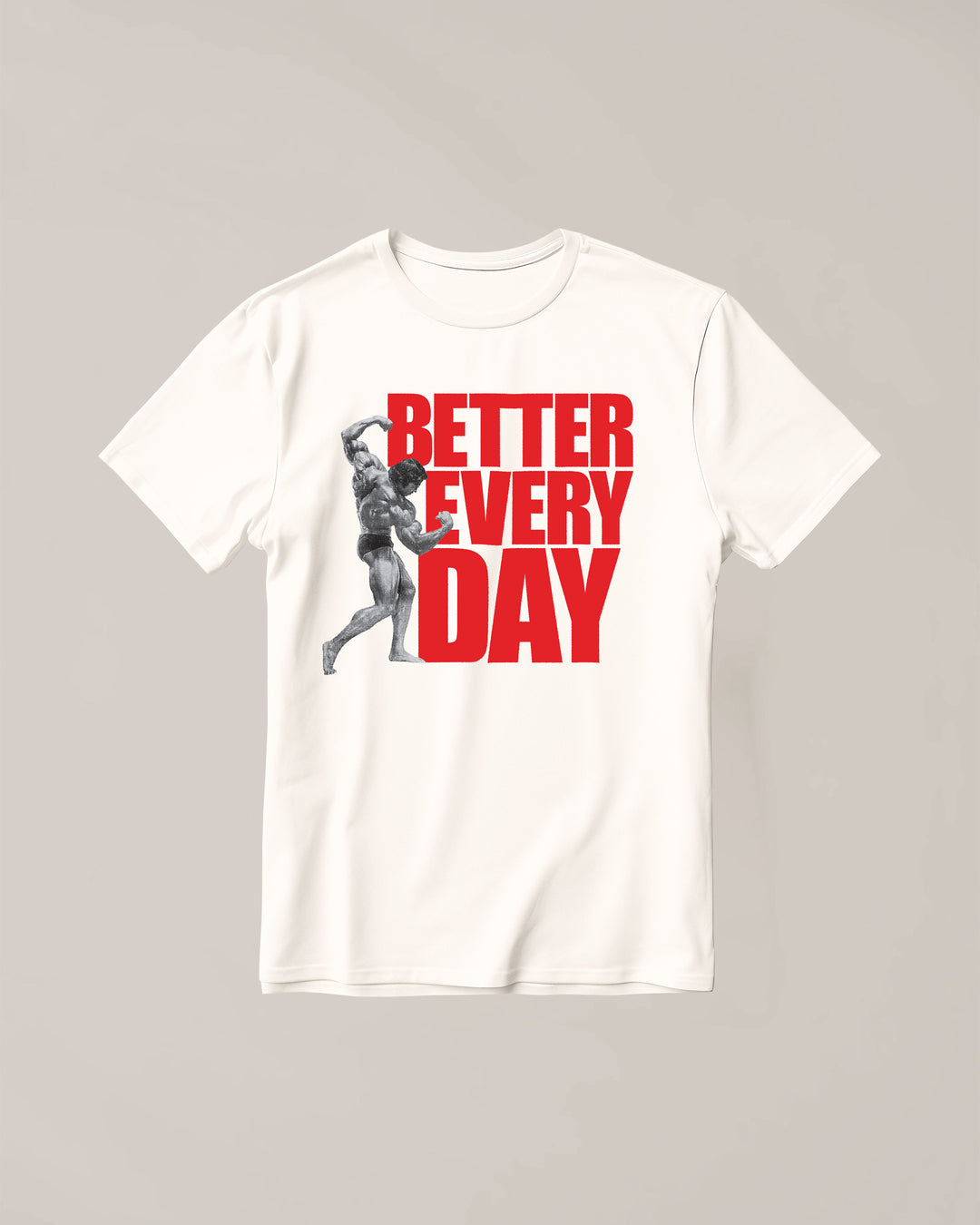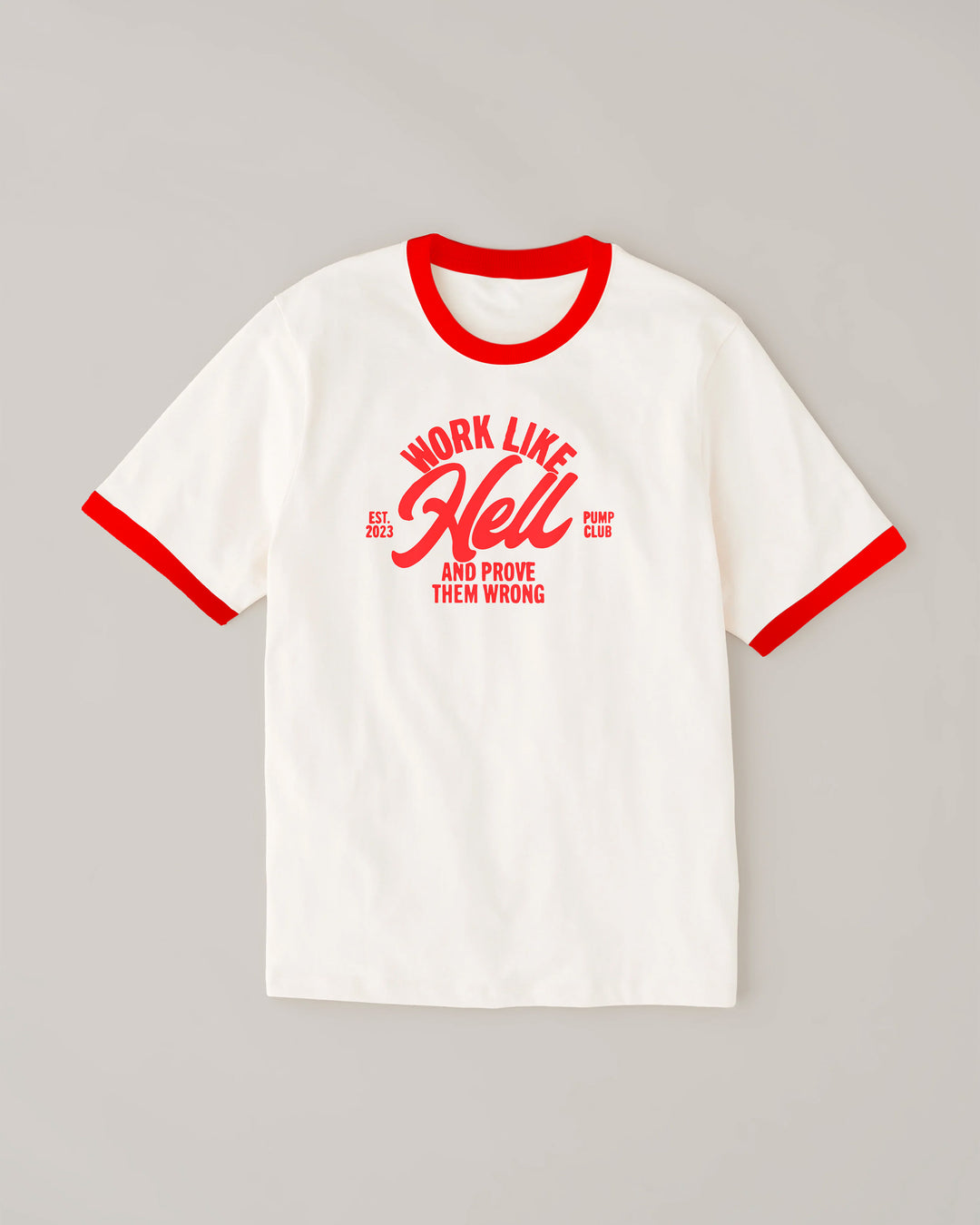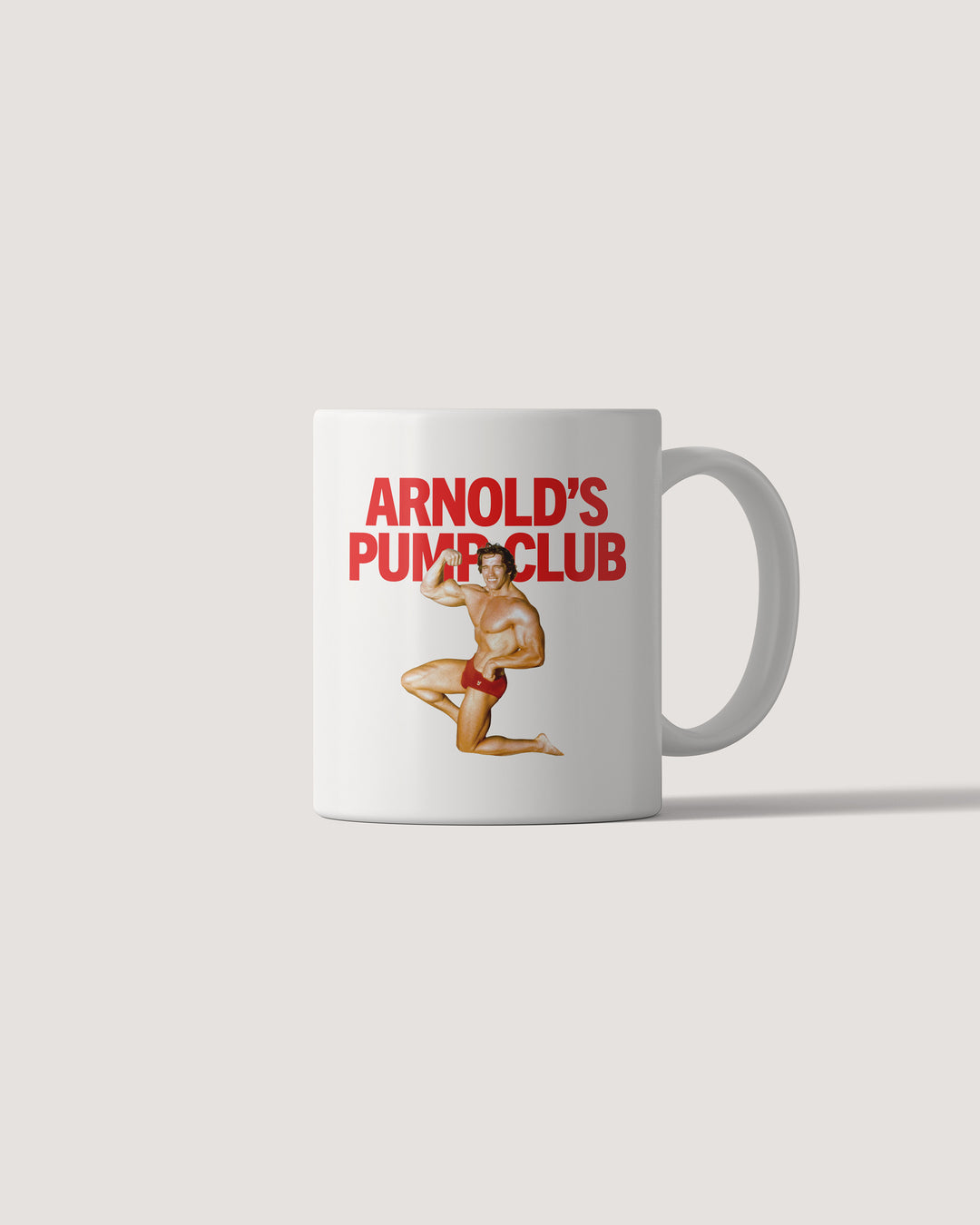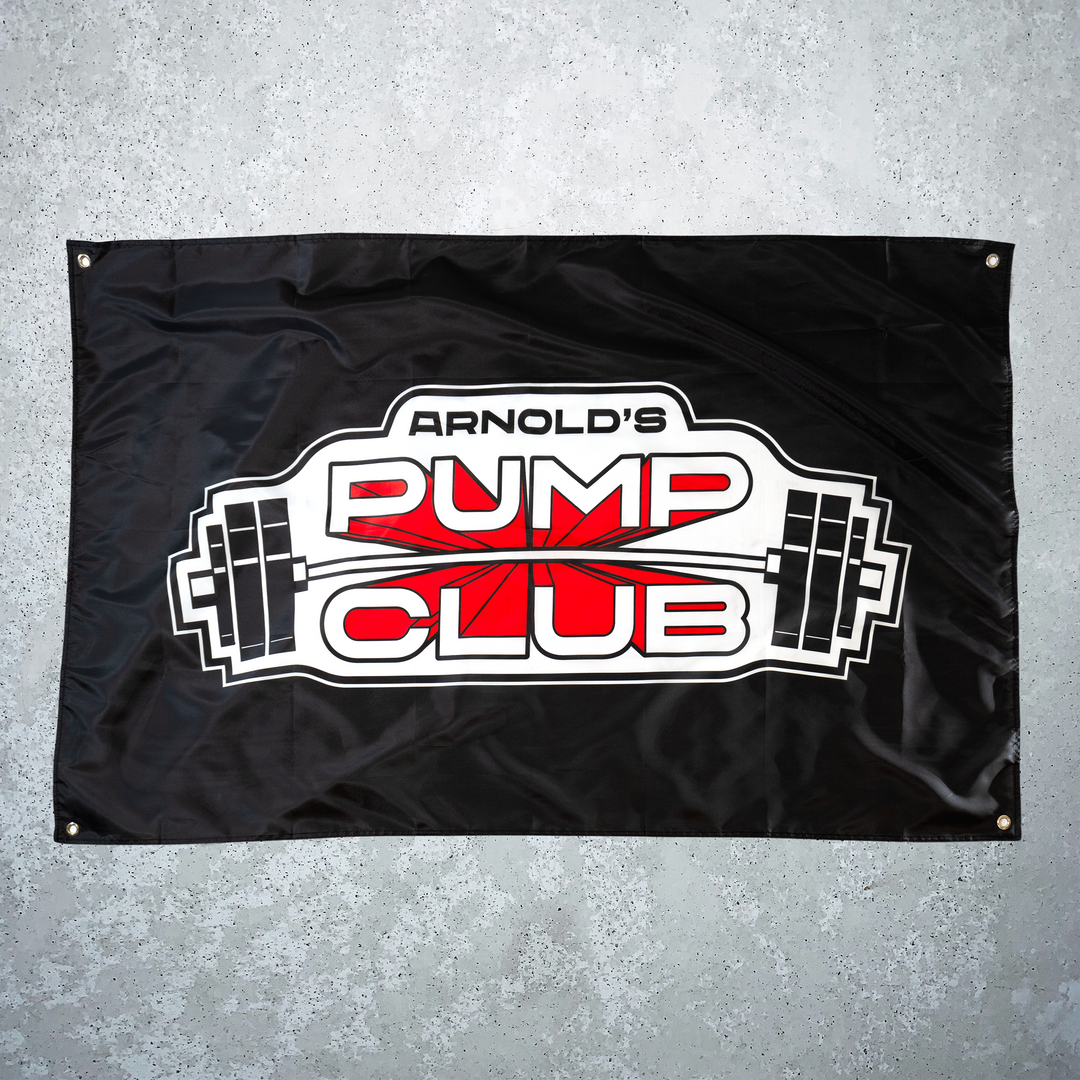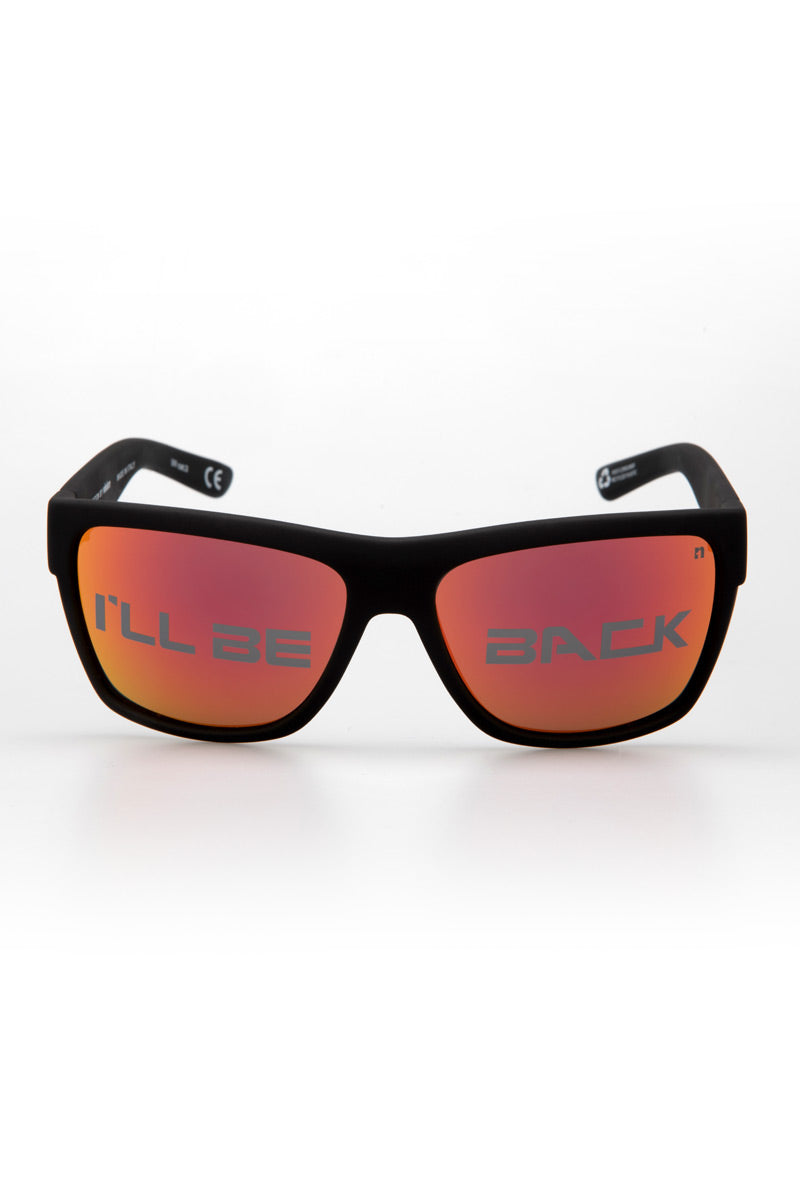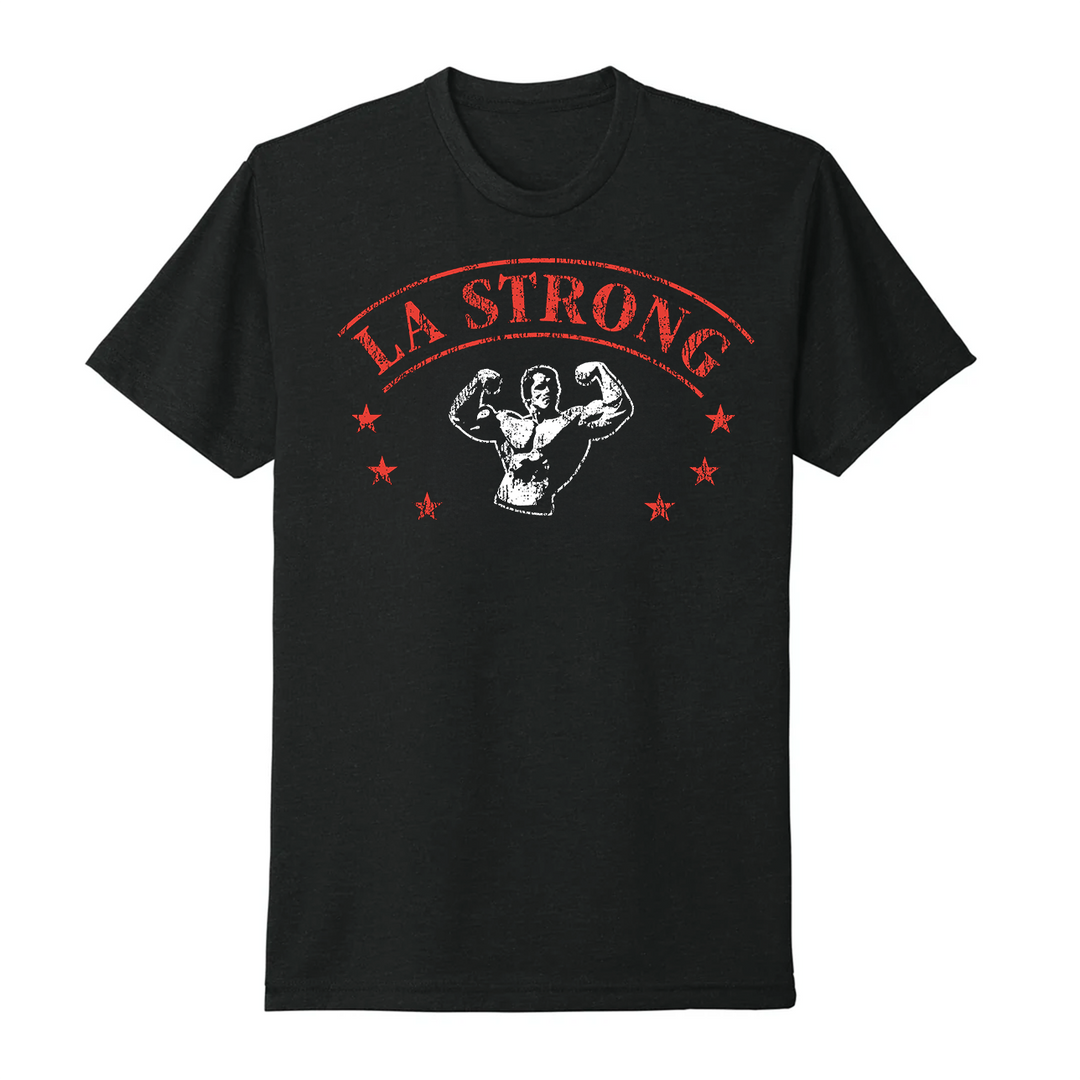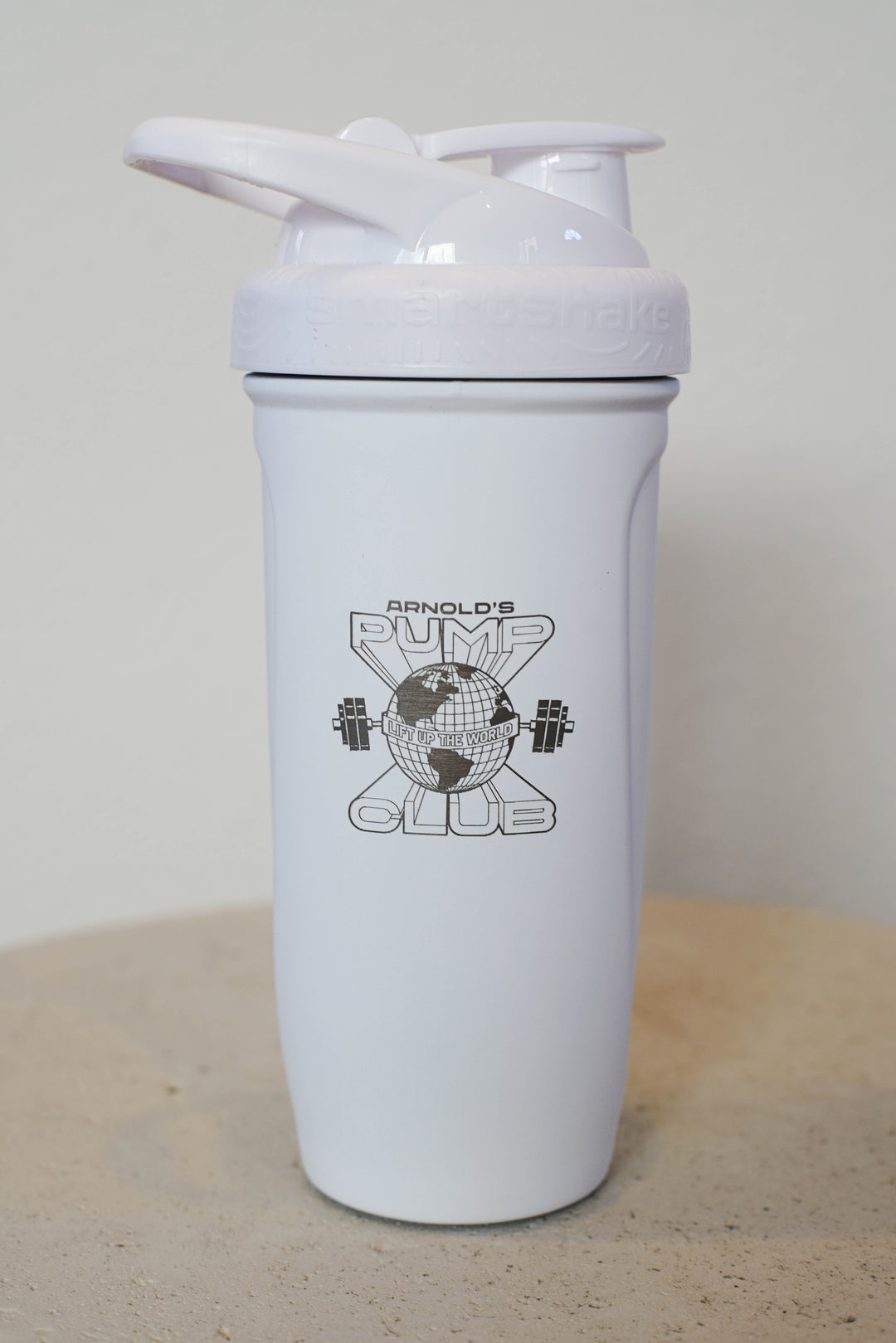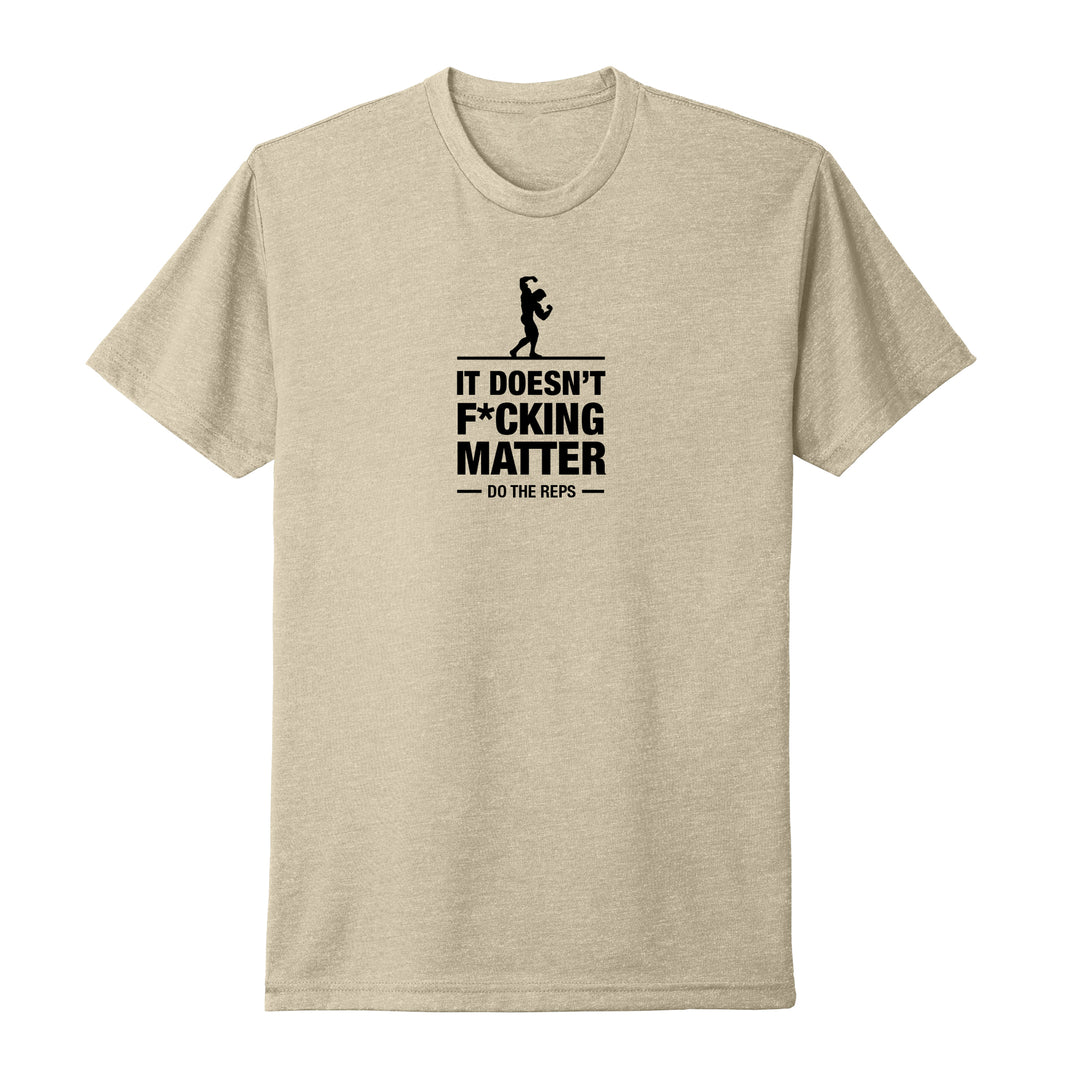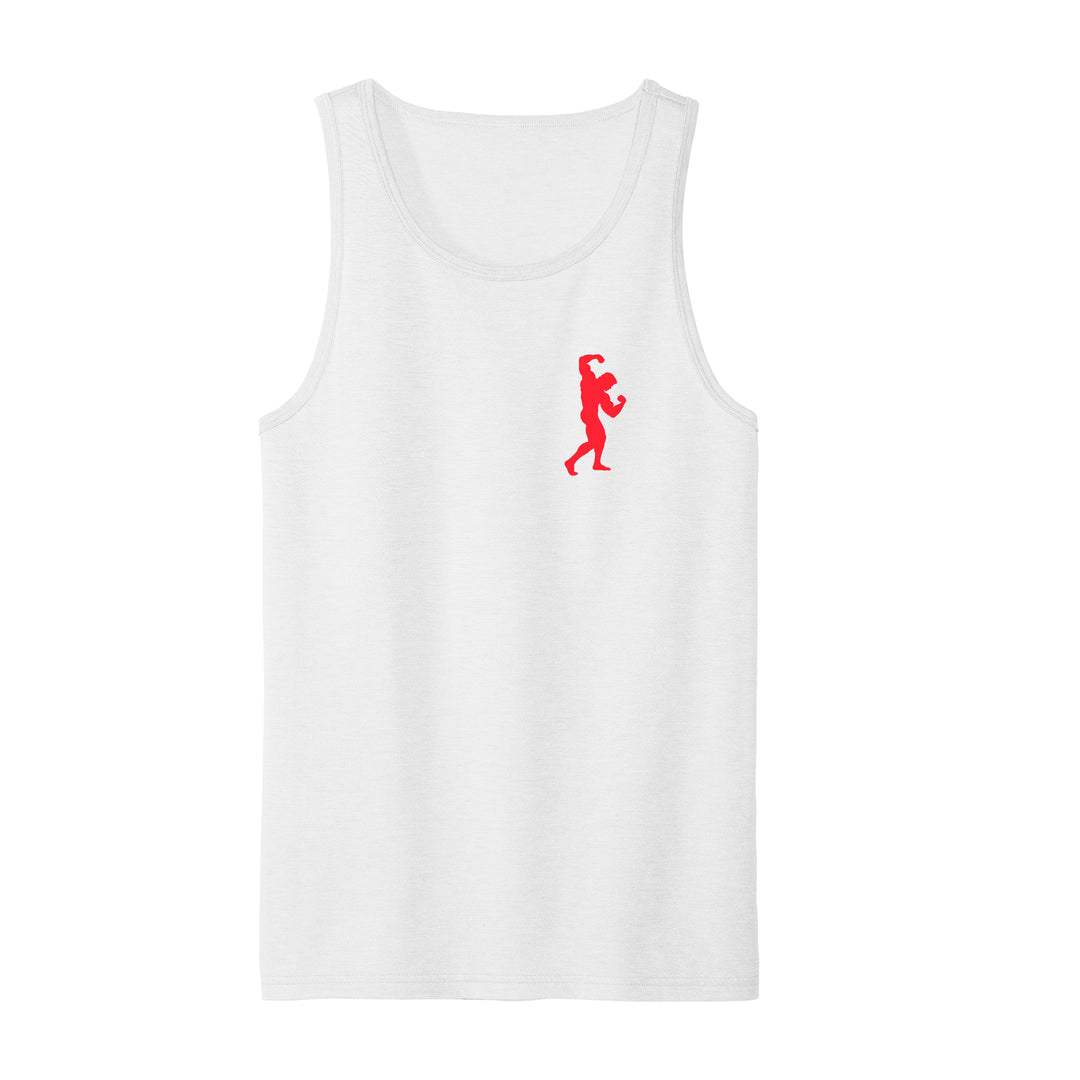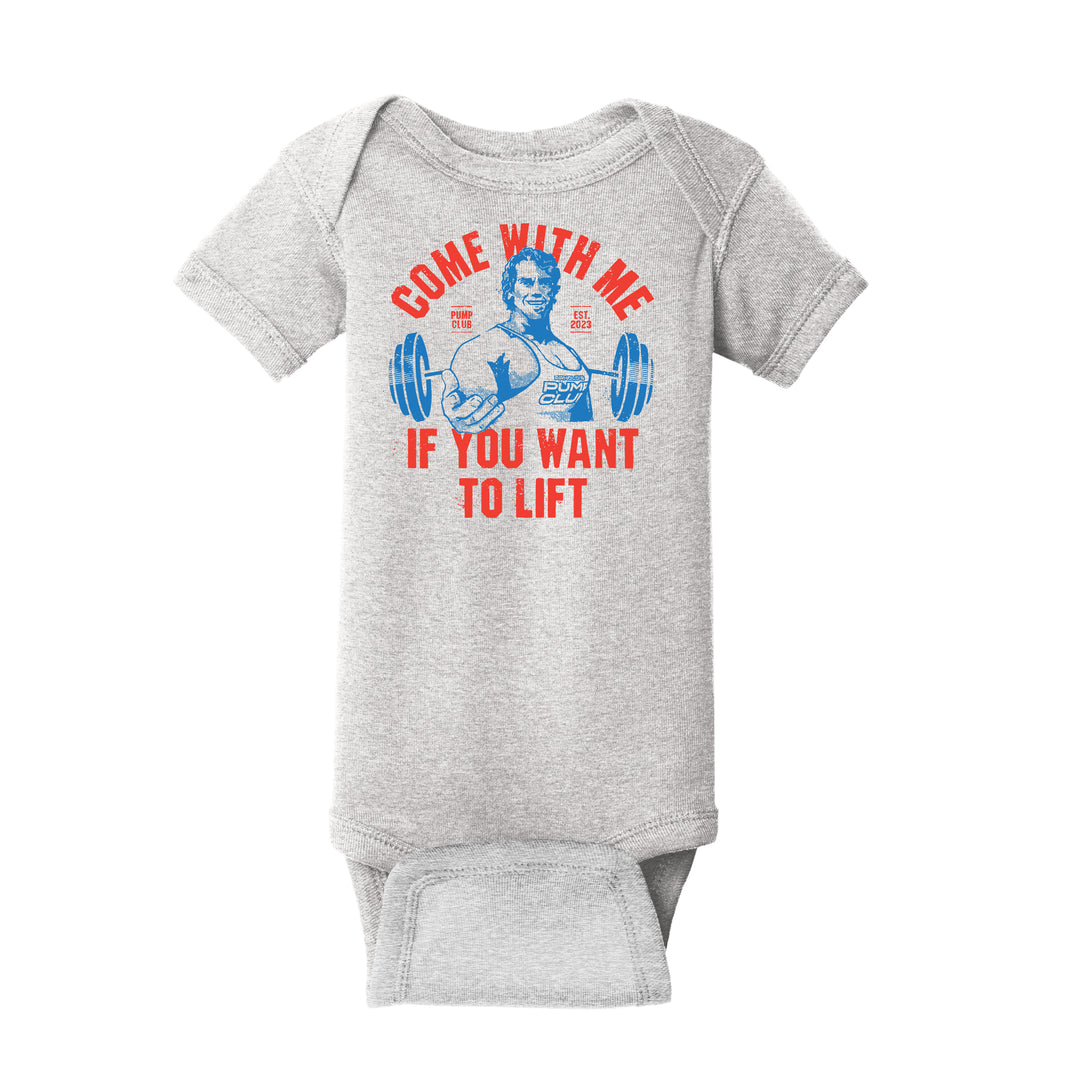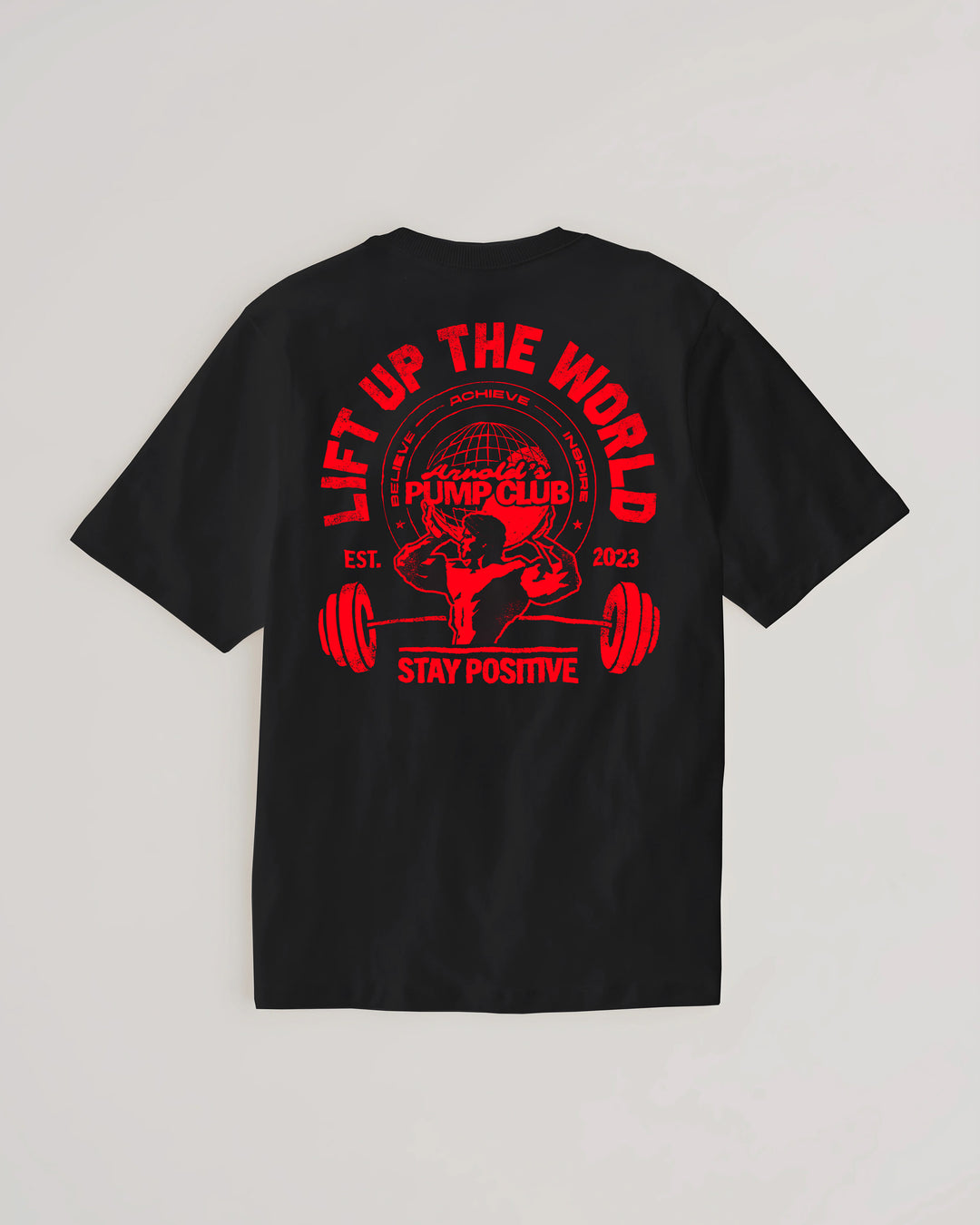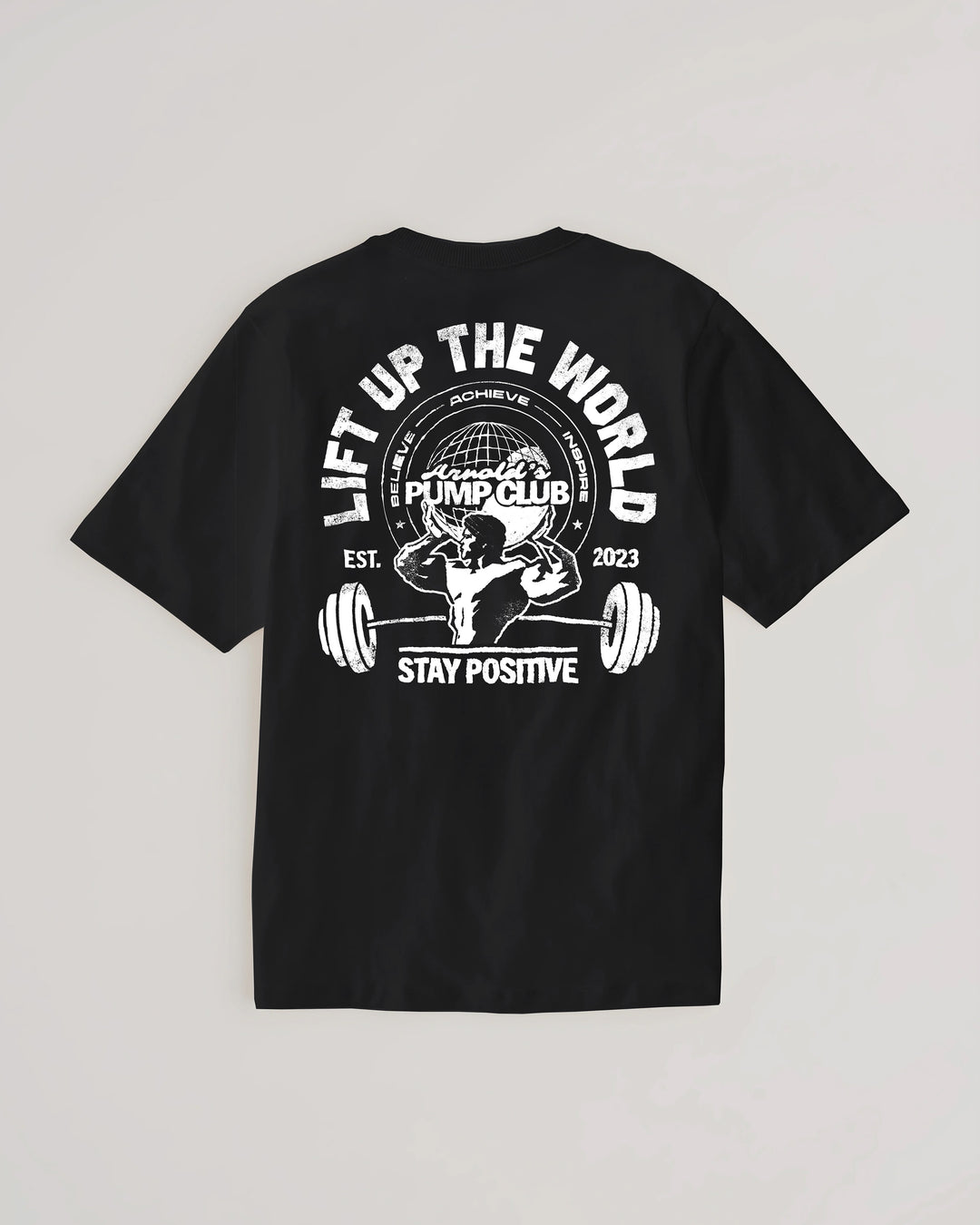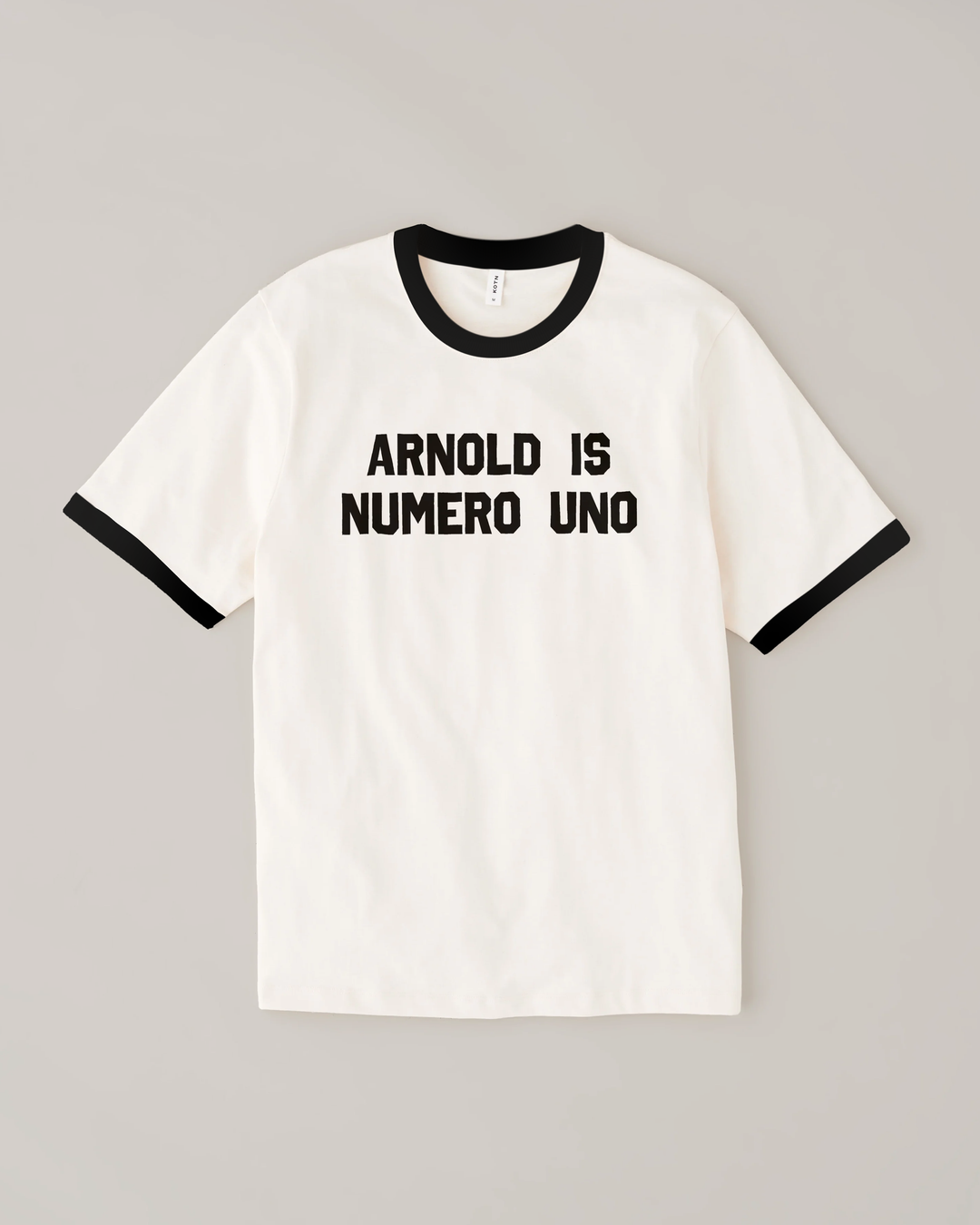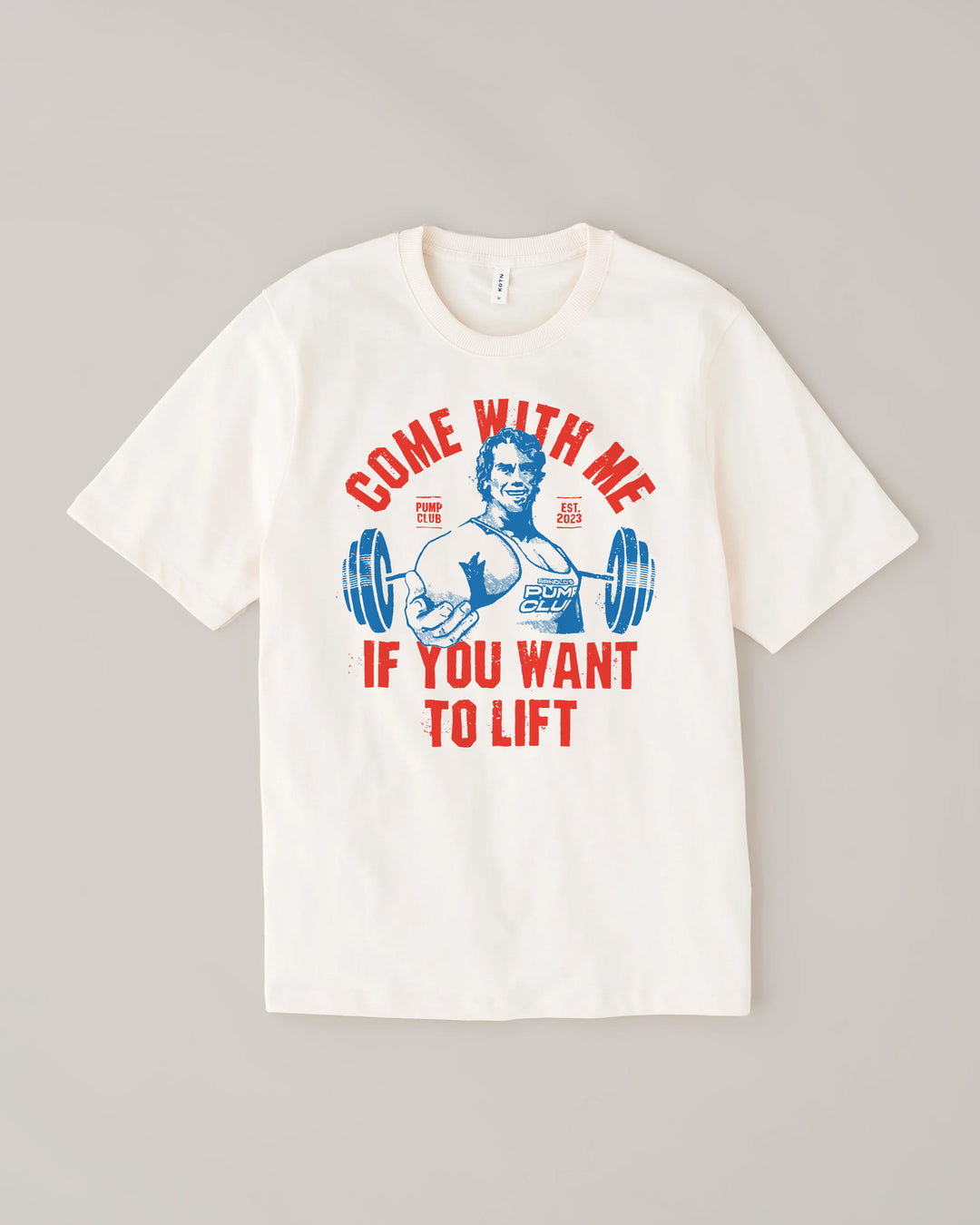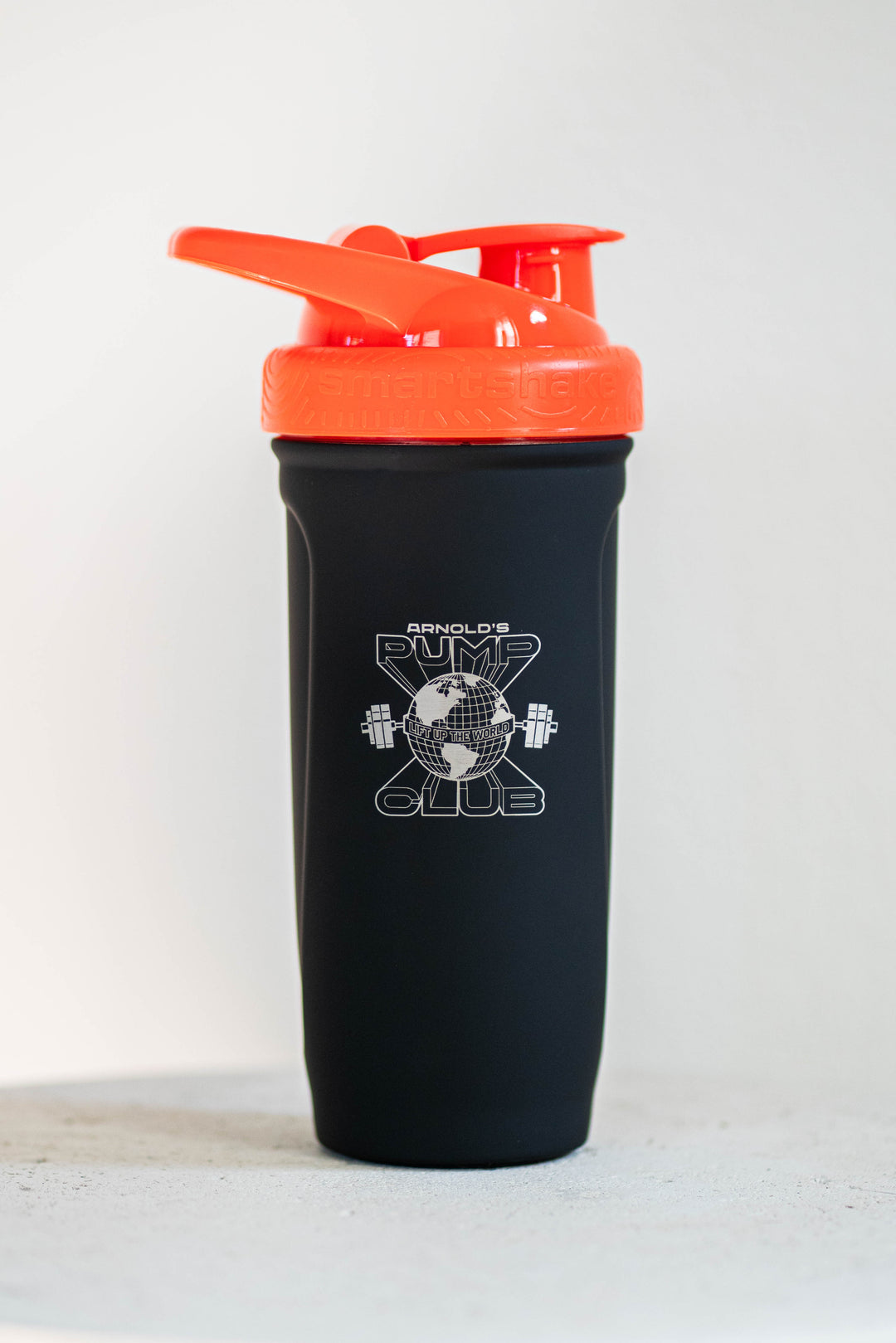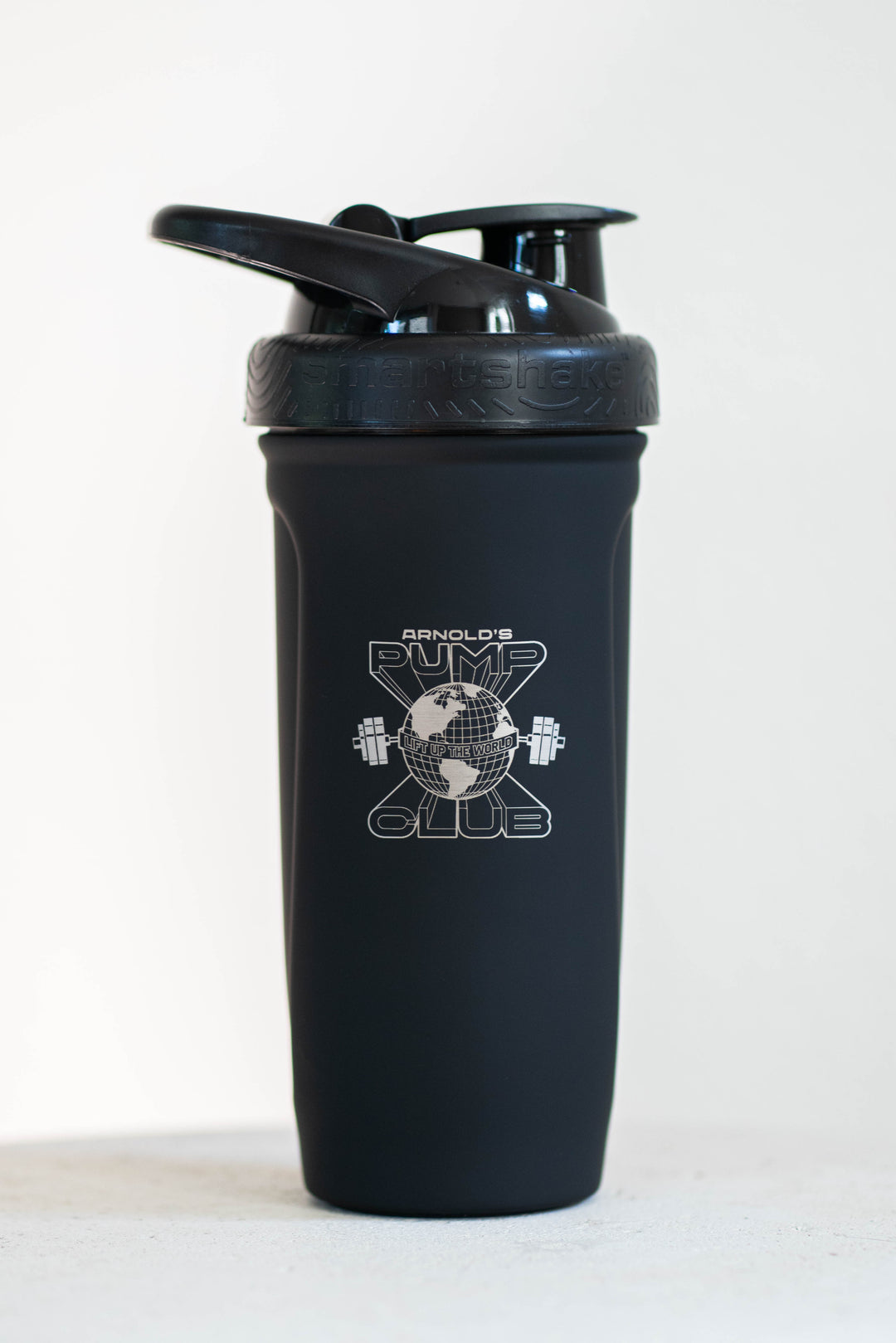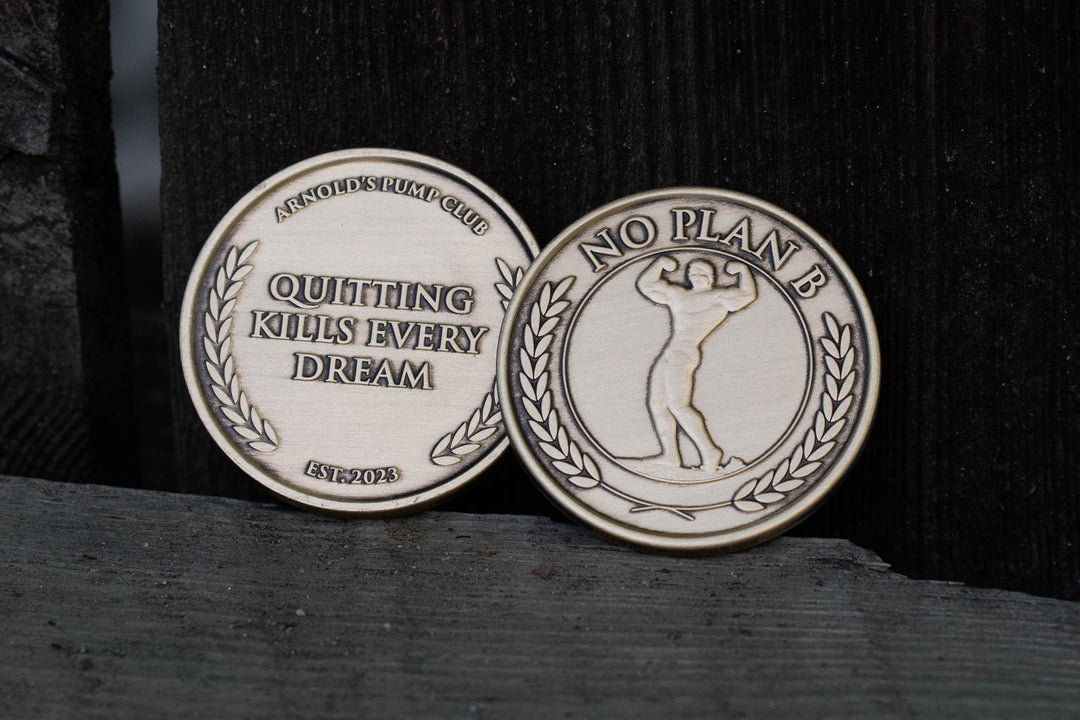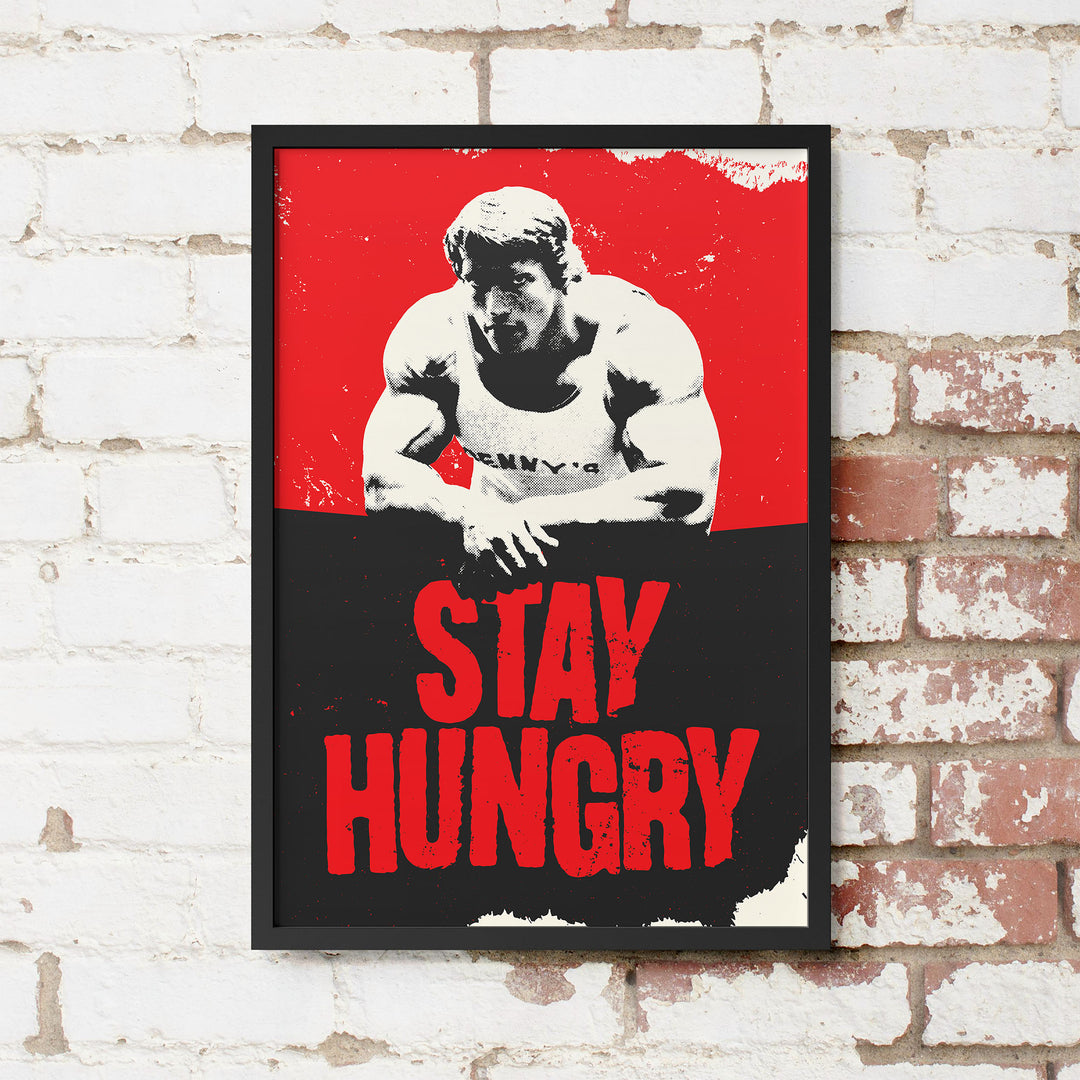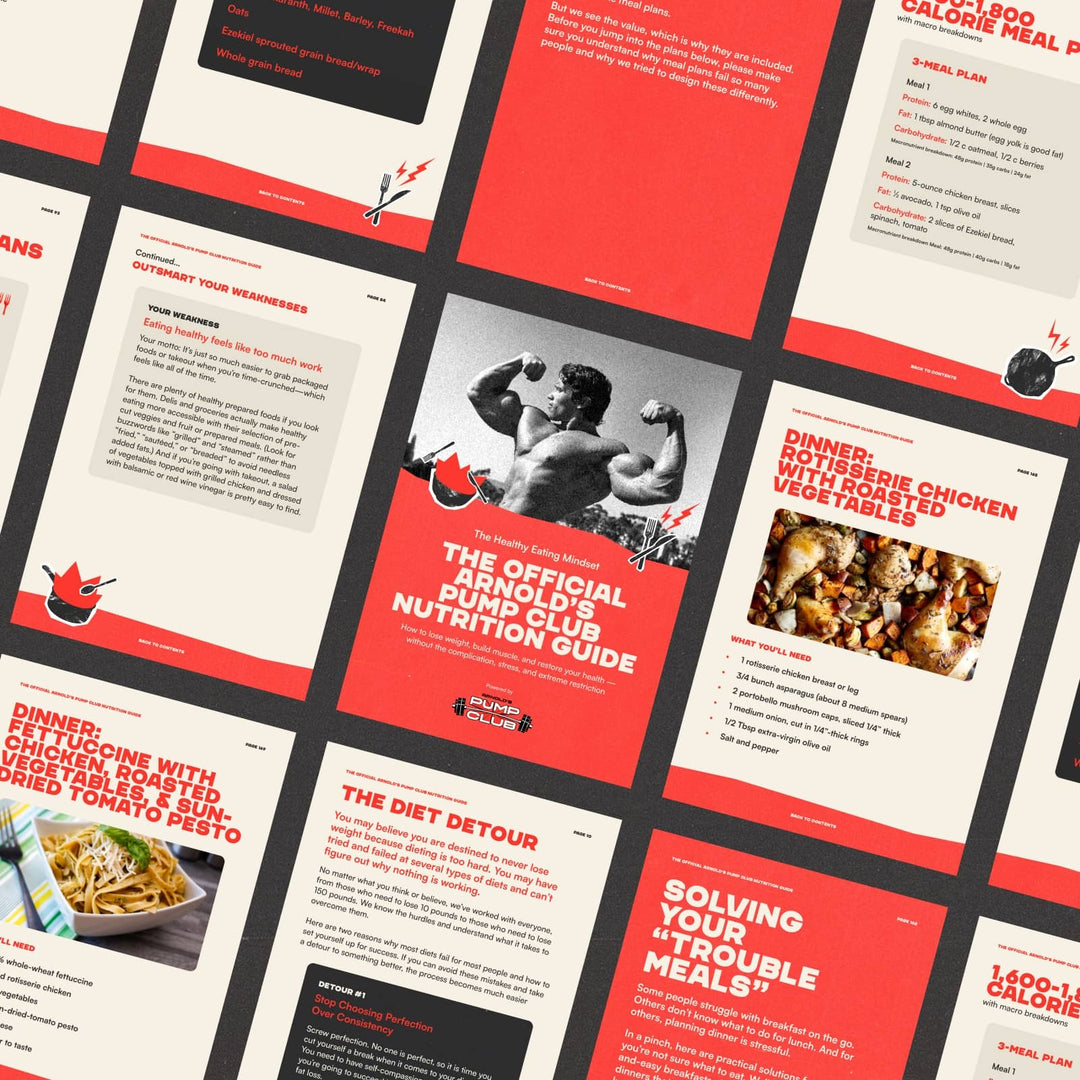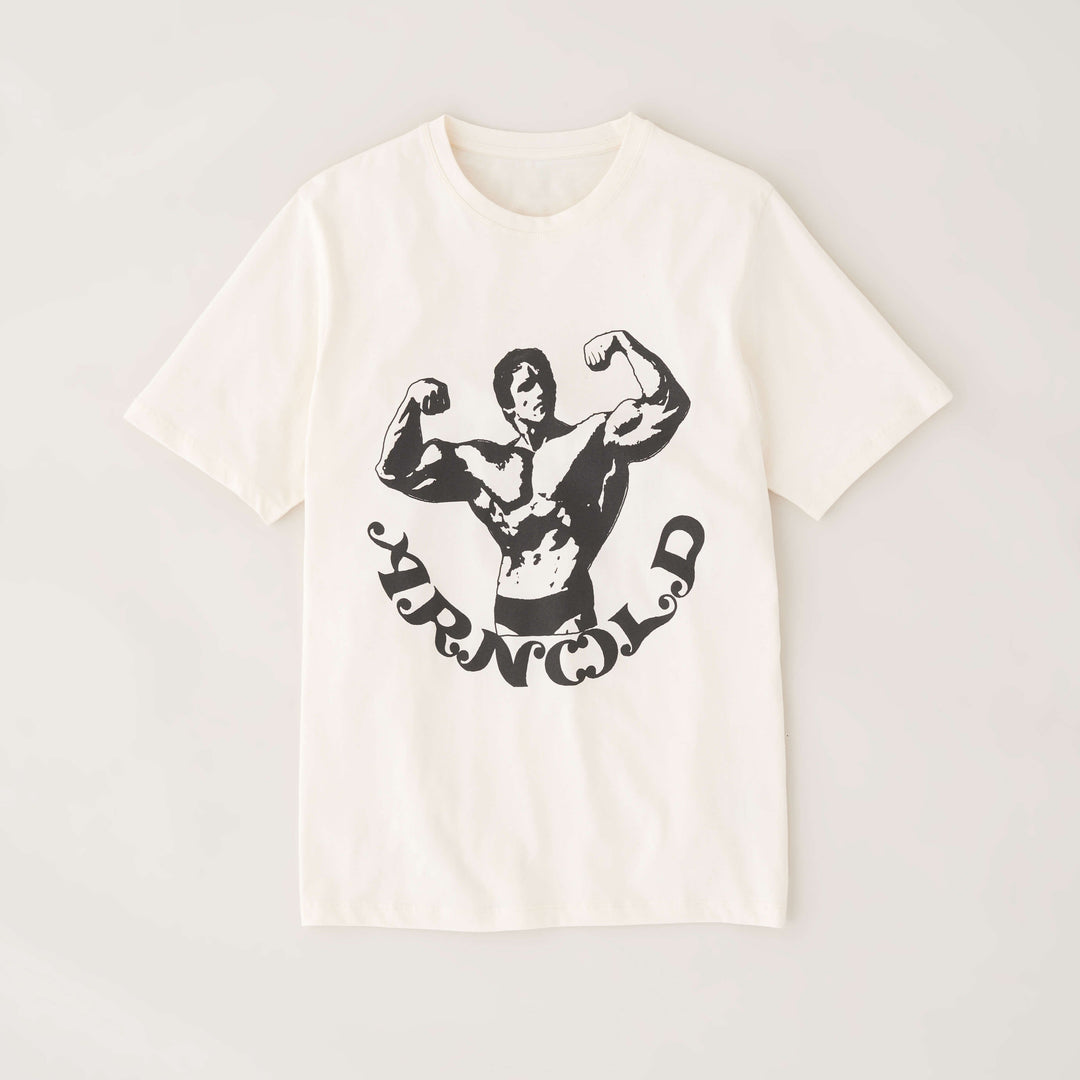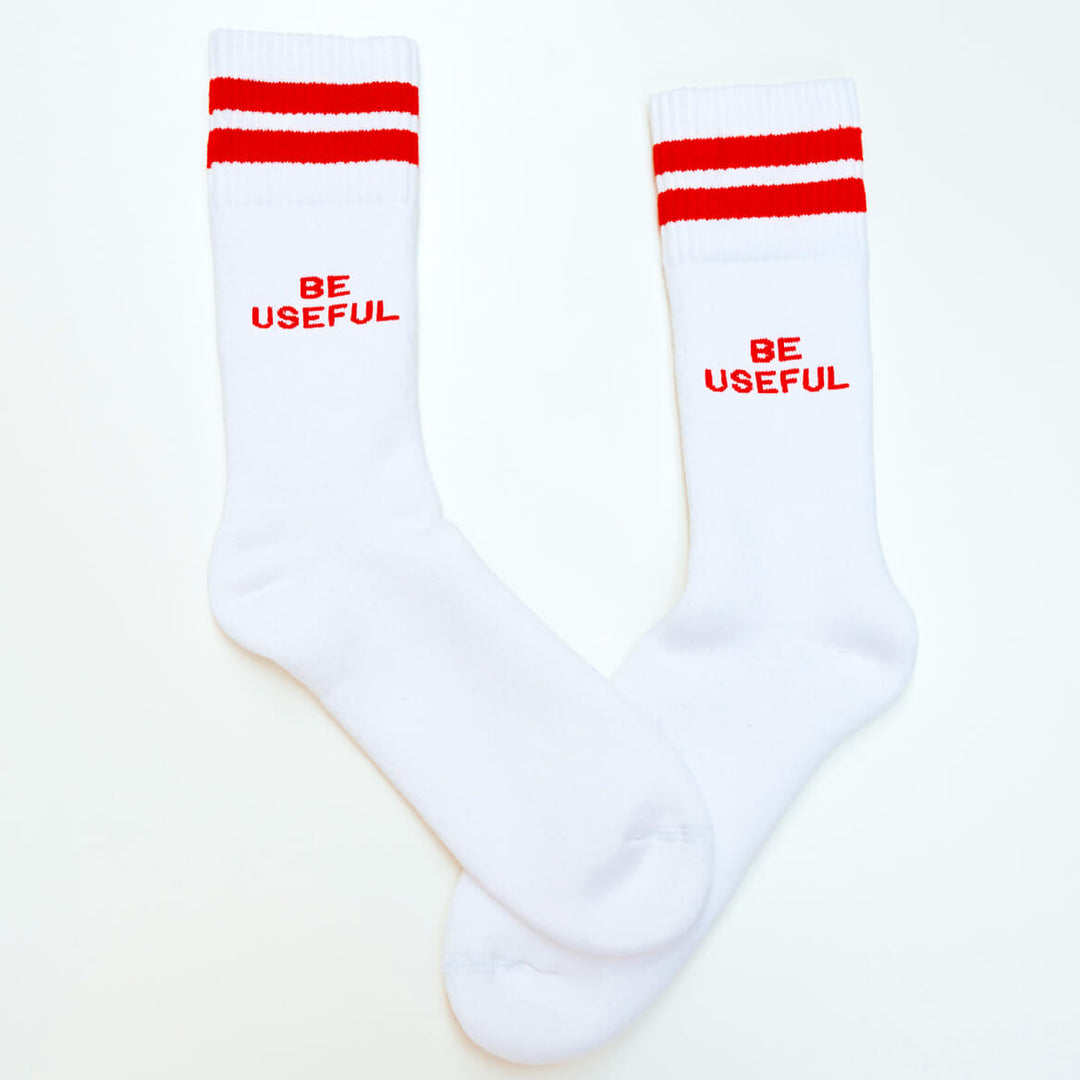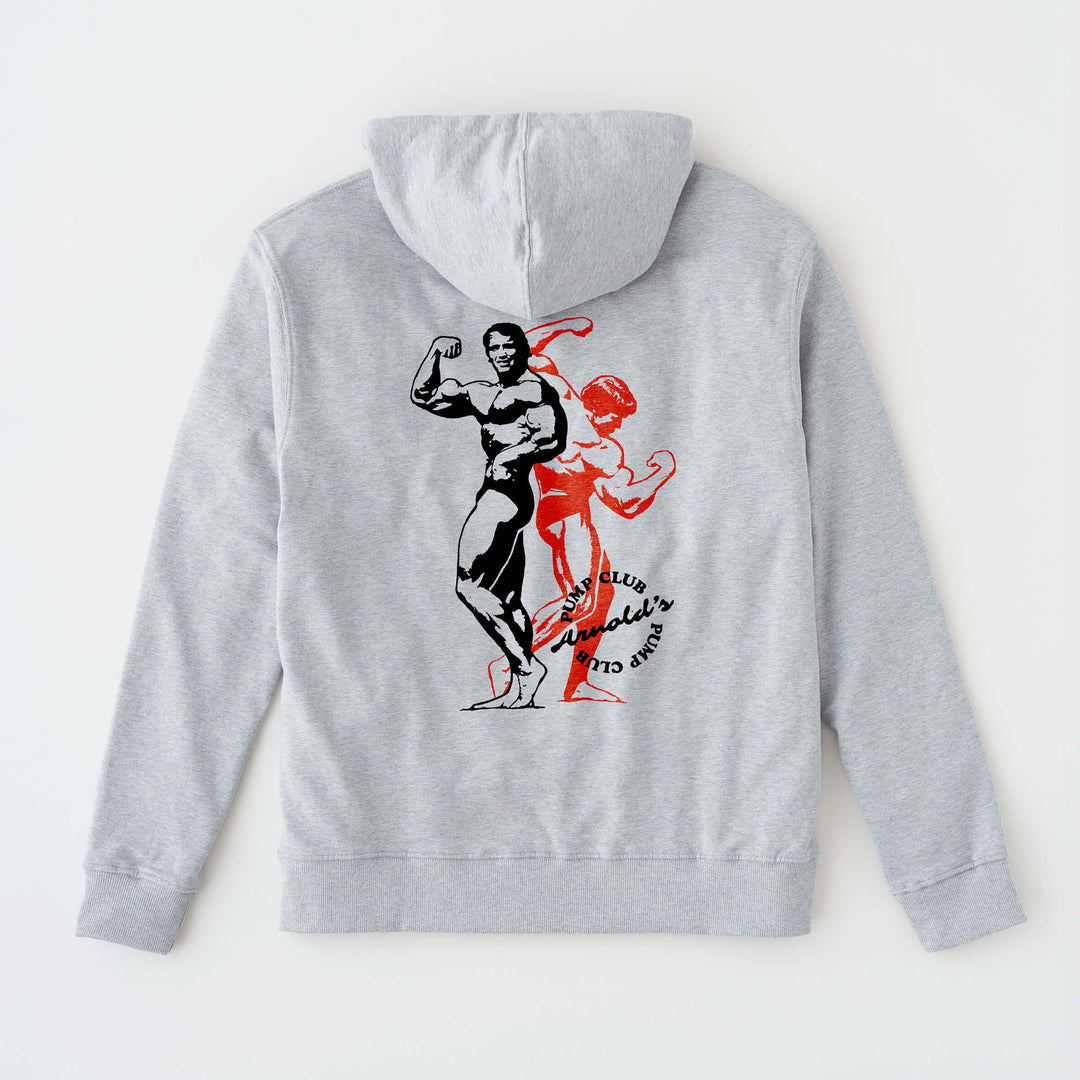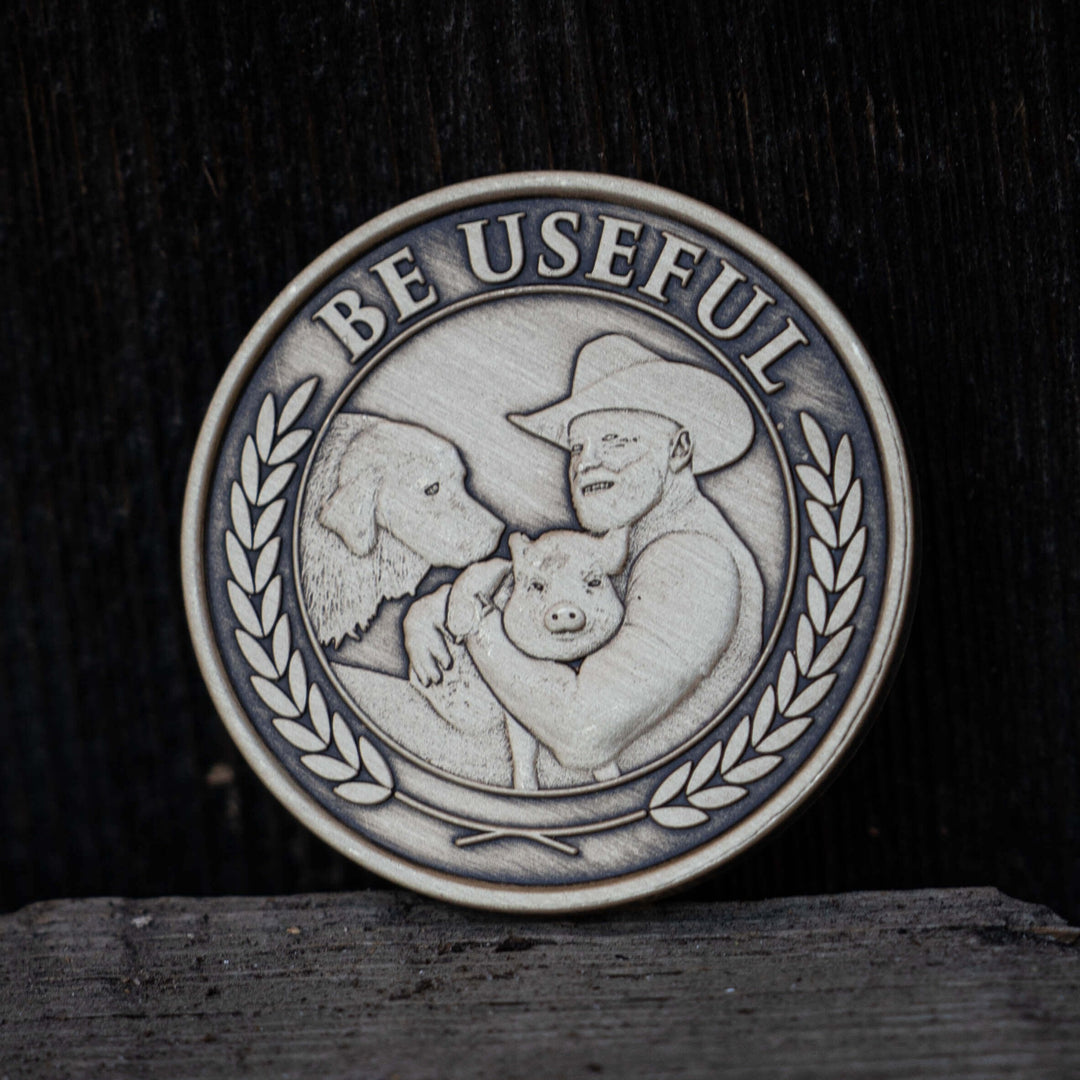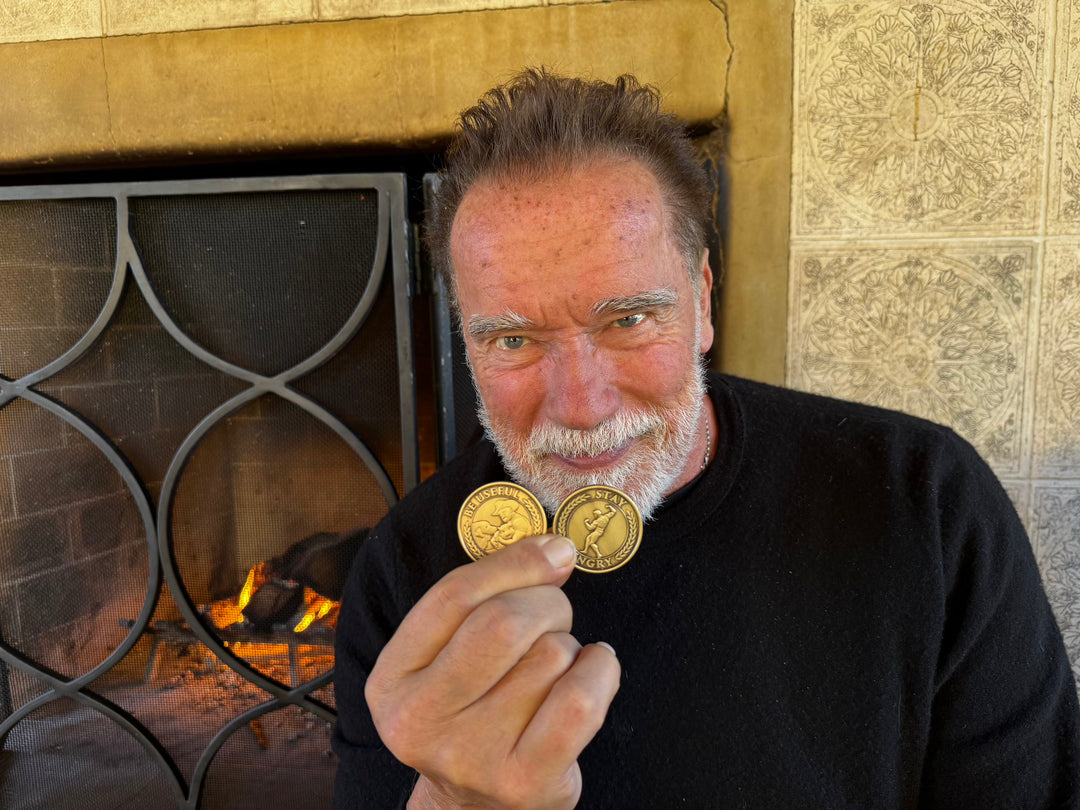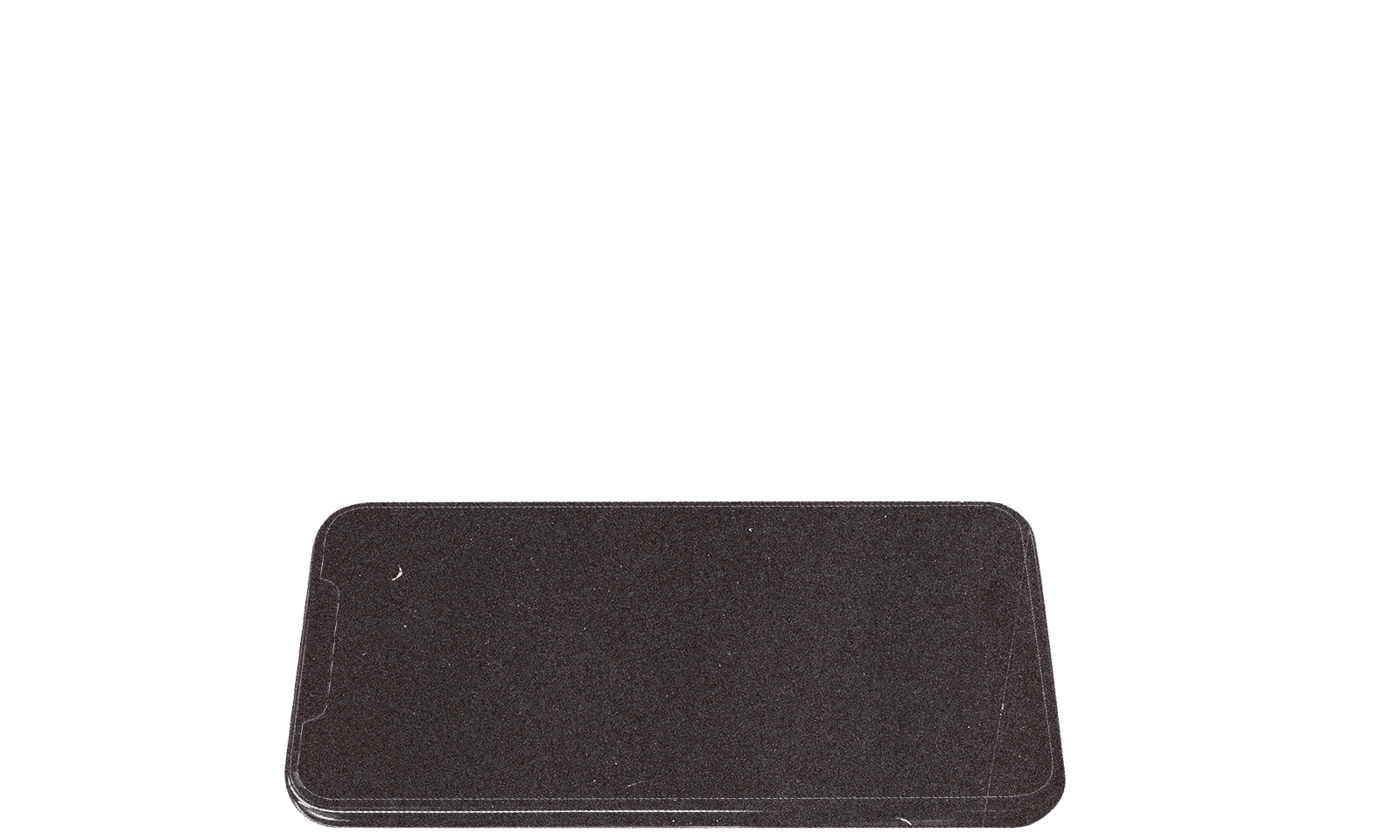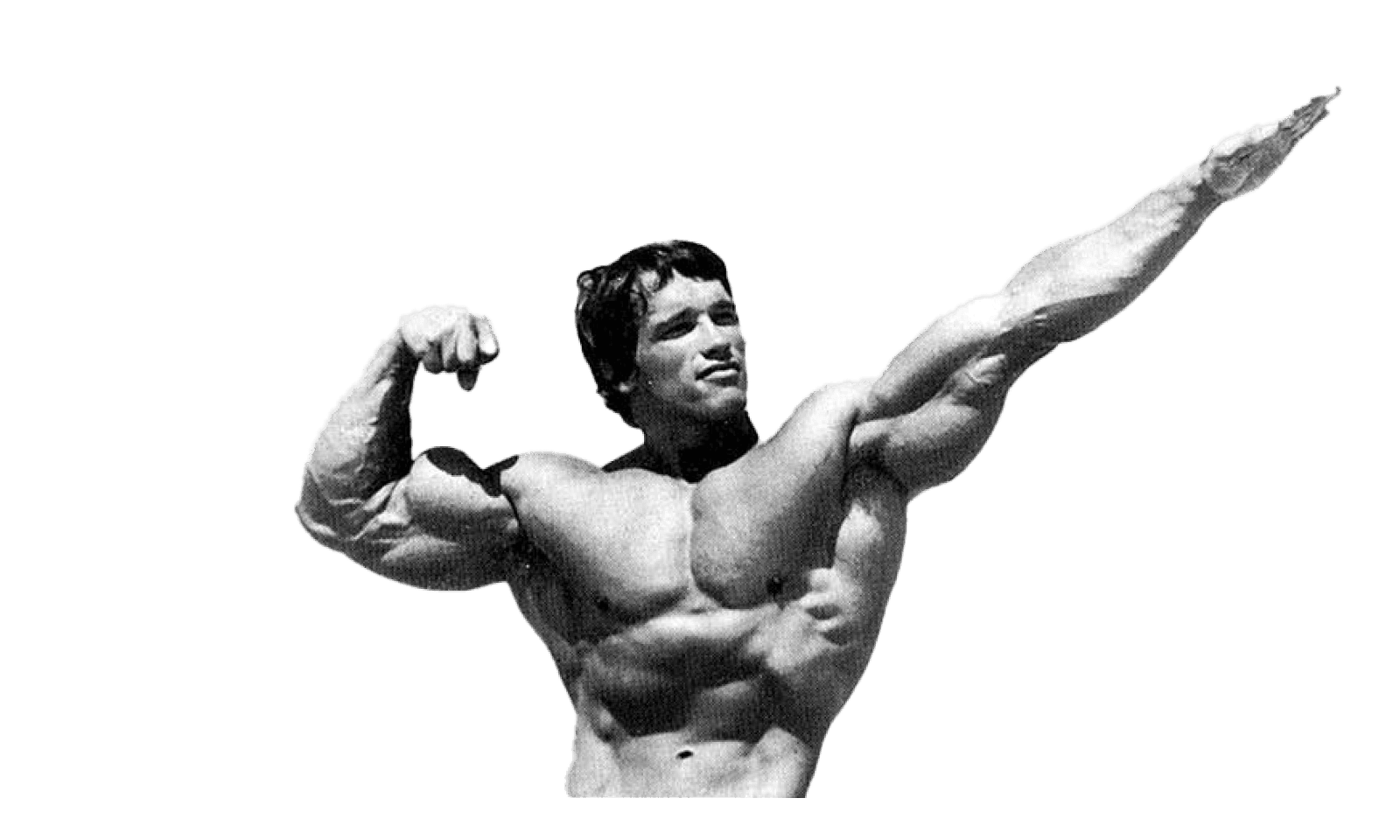Welcome to the positive corner of the internet. Every weekday, we make sense of the confusing world of wellness by analyzing the headlines, simplifying the latest research, and offering quick tips designed to make you healthier in less than 5 minutes. If you were forwarded this message, you can get the free daily email here.
Today’s Health Upgrade
Number you won’t forget
Weekly wisdom
What we’re reading
The Rx for stronger bones
Arnold’s Podcast
Want more stories from Arnold? Every day, Arnold’s Pump Club Podcast opens with a story, perspective, and wisdom from Arnold that you won’t find in the newsletter. And, you’ll hear a recap of the day’s items. You can subscribe on Apple, Spotify, Google, or wherever you listen to podcasts.
Longevity
Number You Won’t Forget: 11 Years
The next time someone tells you to take a walk — even if you disagree — it’s probably the right move.
Recent research suggests that walking a little more often could help you add as much as 11 years to your life, depending on your activity level.
For people who are not active, adding 30 to 45 minutes of walking per day can have a dramatic life-extending impact. And even if you’re already active, adding more movement can give you a boost, too.
If you increase your daily movement up to approximately 8,000 to 10,000 steps per day, the study suggests you could add anywhere from 2 to 5 more years to your life.
The connection between walking and lifespan might be a byproduct of how movement helps keep you healthier and protect against the most common forms of death.
In another study, scientists analyzed data from 196 peer-reviewed articles, including more than 30 million people.
They found that people who did at least 75 minutes of moderate-intensity exercise every week reduced their risk of premature death by nearly 25 percent. And that’s because they lowered their risk of cardiovascular disease (leading cause of death) and cancer.
Put another way, cranking up the intensity for about 11 minutes per day — such as sprinting up the stairs several times — could be all it takes to experience the benefits.
No matter how you approach exercise, the research is clear that it doesn’t matter what type of movement you prefer or even if you go to the gym. But it does matter that you move often and daily.
Weekly Wisdom
What We’re Reading
The Dietitian Speaking Up For ‘Ultra-Processed’ Foods
This article caught our eye because it won’t go how you think. It starts with a counterintuitive take:
“Like van Tulleken, Wilson for a month got 80% of her daily calories from highly processed foods, not much more than the average American…A weird thing happened. Wilson found that she had more energy and less anxiety. She didn’t need as much coffee to get through the day and felt more motivated. She felt better eating an ultra-processed diet than she had before, a change she attributes to taking in more calories by eating full meals, instead of haphazard combinations of whole-food ingredients.”
If you’ve been reading APC, you know we’ve identified “ultra-processed foods” (UPF) as a problem. The research shows that something happens when most of your diet comes from foods engineered to make you hungrier.
At the same time, foods like olive oil are technically “processed,” which leads to confusion and frustration about what needs to be avoided.
And that has left millions of people confused about which processed foods are most problematic and how much you can eat before they negatively influence your health.
Too often, people try to go cold turkey and feel defeated. The key to better health doesn’t require perfection but a better understanding of the hyperpalatable foods that are most likely driving overeating, while considering practical solutions that limit stress and anxiety so you can stick to a plan.
Fitness
The Rx For Stronger Bones (As You Age)
You might think it’s wise to use lighter weights as you age. But if you care about bone health — which becomes especially important in old age — you might want to take the opposite approach.
A recent study suggests that lifting heavier weights might be the key to strengthening your bones as you age and protecting you from osteoporosis and bone loss.
In a randomized controlled trial, researchers set out to determine whether high-intensity or low-intensity resistance training was more effective in improving bone mineral density (BMD) and bone mineral content (BMC) in postmenopausal women with osteopenia. Participants were assigned to a high-intensity resistance training (HIRT) group or a low-intensity resistance training (LIRT) group.
Those in the high-intensity group experienced significantly greater bone mineral density and bone mineral content improvements than those in the low-intensity group.
The surprisingly simple explanation for this finding is that bones respond to pressure by getting stronger to compensate. Most types of exercise strain bones, leading them to grow. This is why baseball players have thicker, larger bones in their throwing arm compared to their non-throwing arm. Conversely, this is why astronauts lose an astonishing 1 percent of their bone density every month without the pull of gravity pushing on their skeletons.
However, the researchers believe heavier resistance training creates greater mechanical stress on bones, stimulating bone remodeling and increasing bone strength.
While lower-intensity exercise can still provide benefits, increasing the weight and intensity of your resistance training appears to be the key to improving bone health and preventing fractures. If you're new to strength training, start gradually and focus on proper form and a proven program designed to help you get stronger week after week.
And that’s it for this week. We hope you have a fantastic weekend, and remember that you have the strength to lift up the world.
-Arnold, Adam, and Daniel
—
Publisher: Arnold Schwarzenegger
Editors-in-chief: Adam Bornstein and Daniel Ketchell




